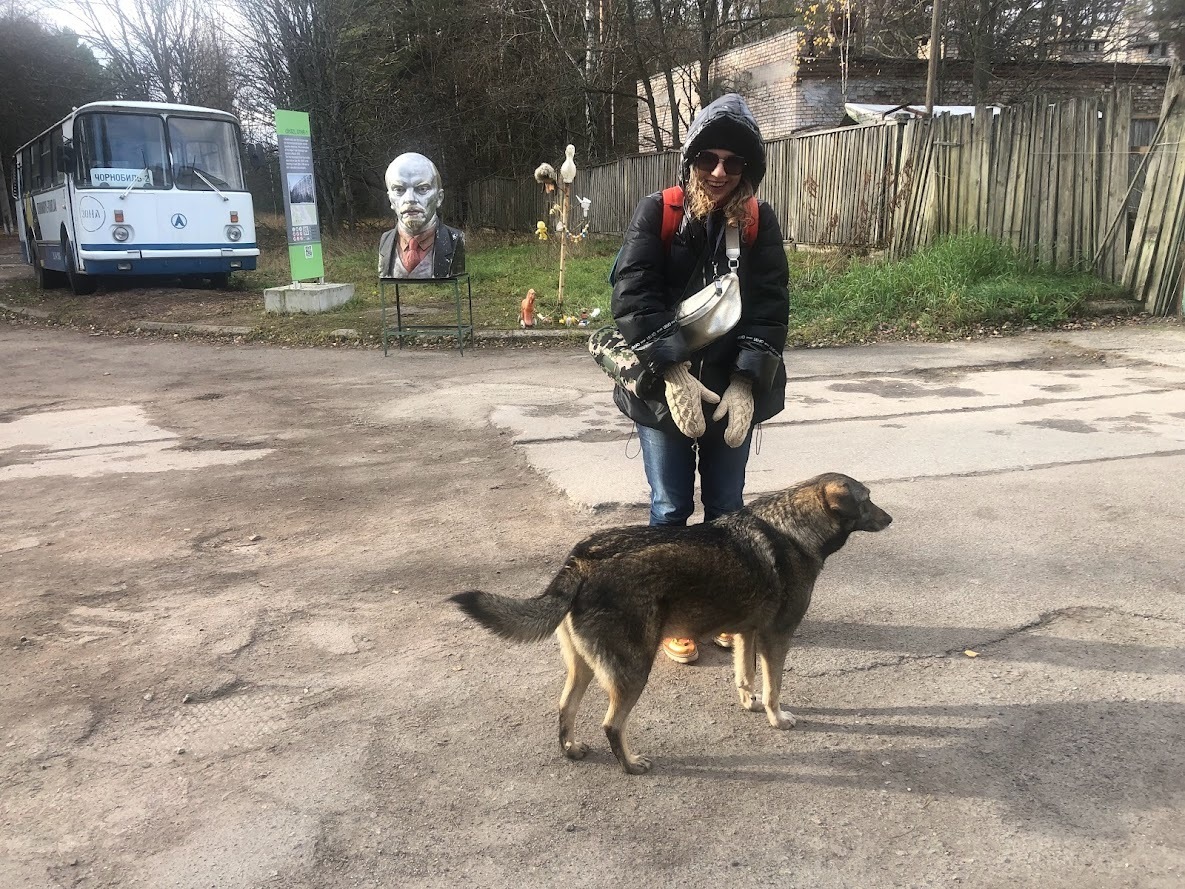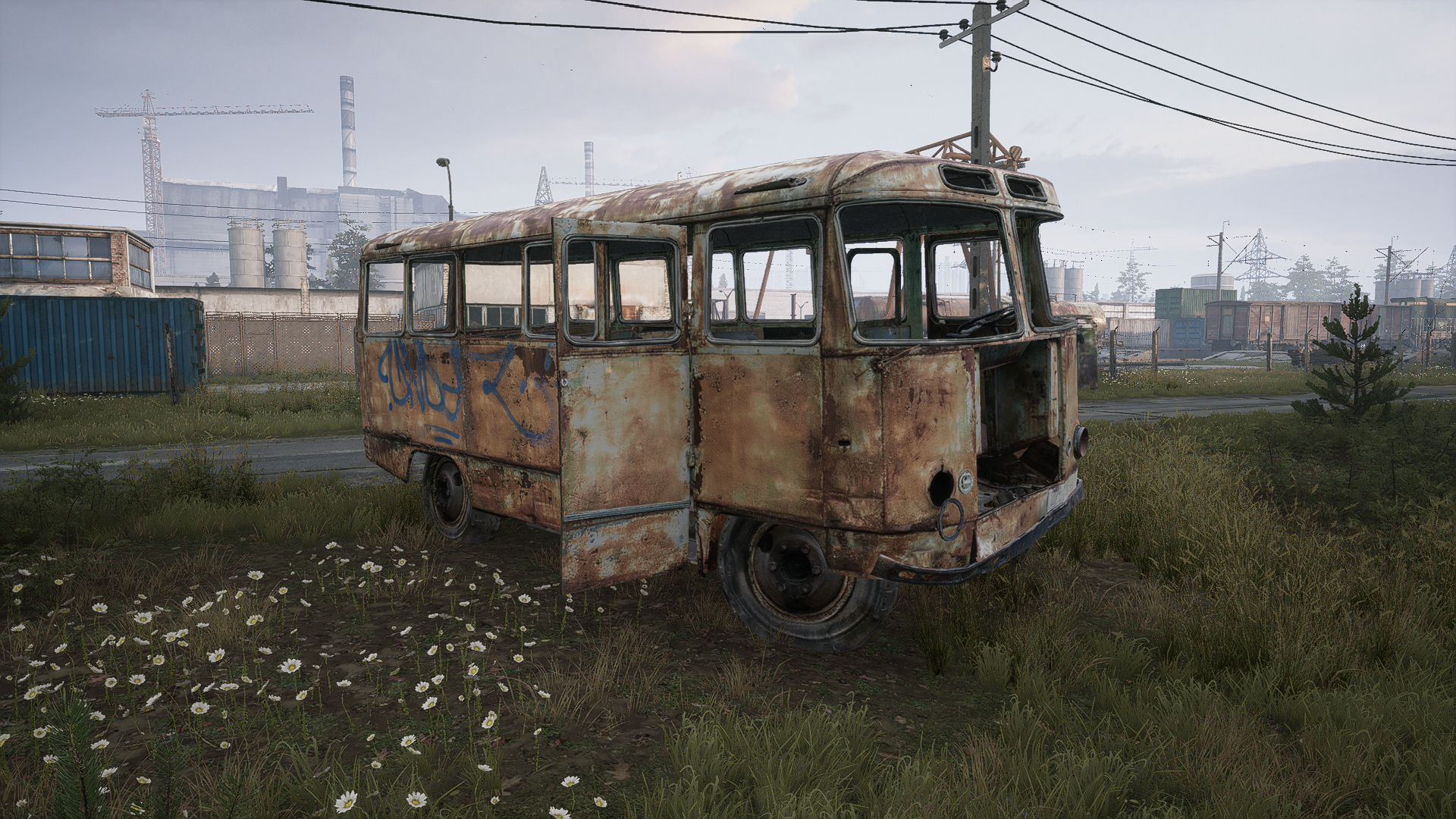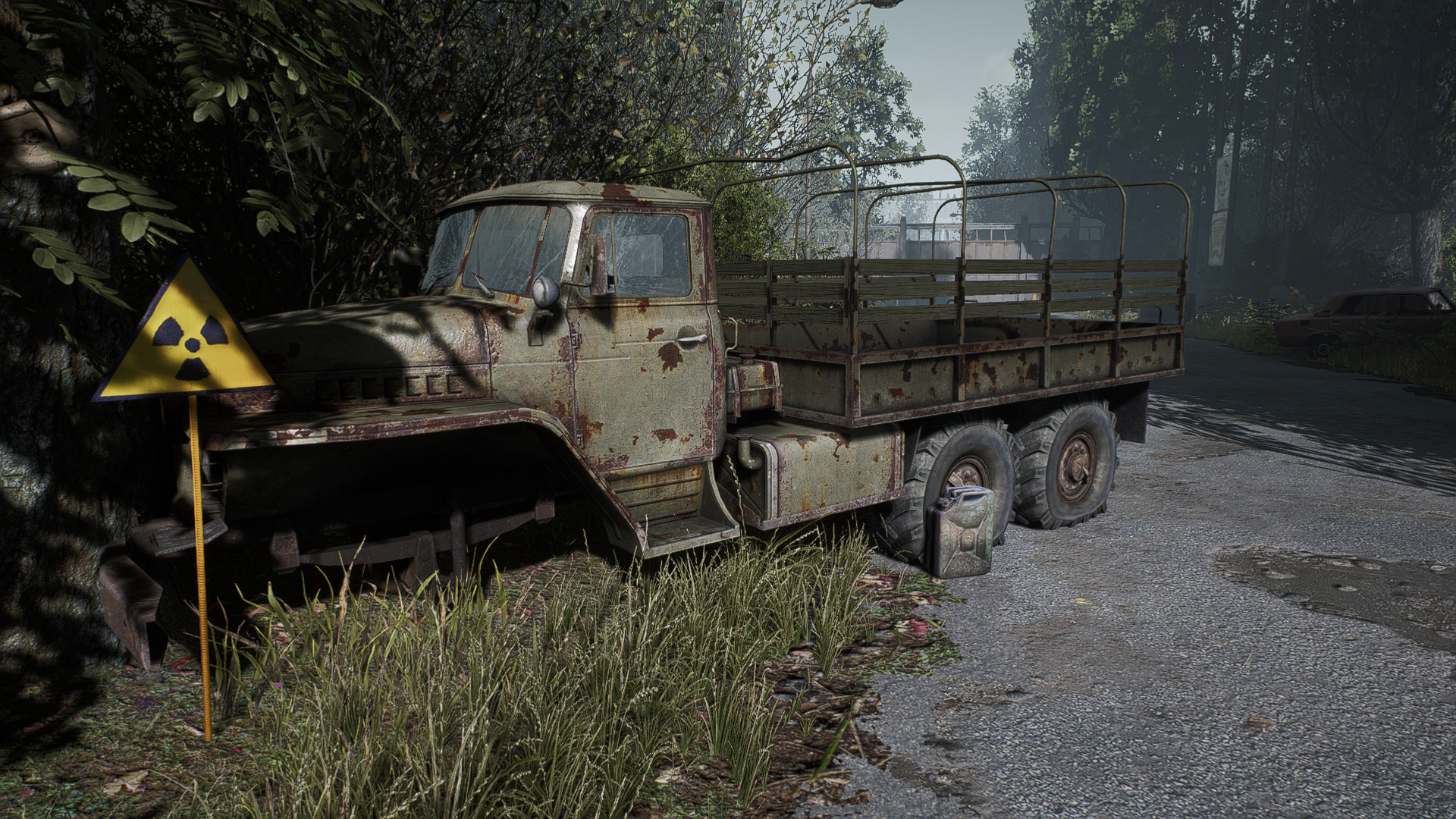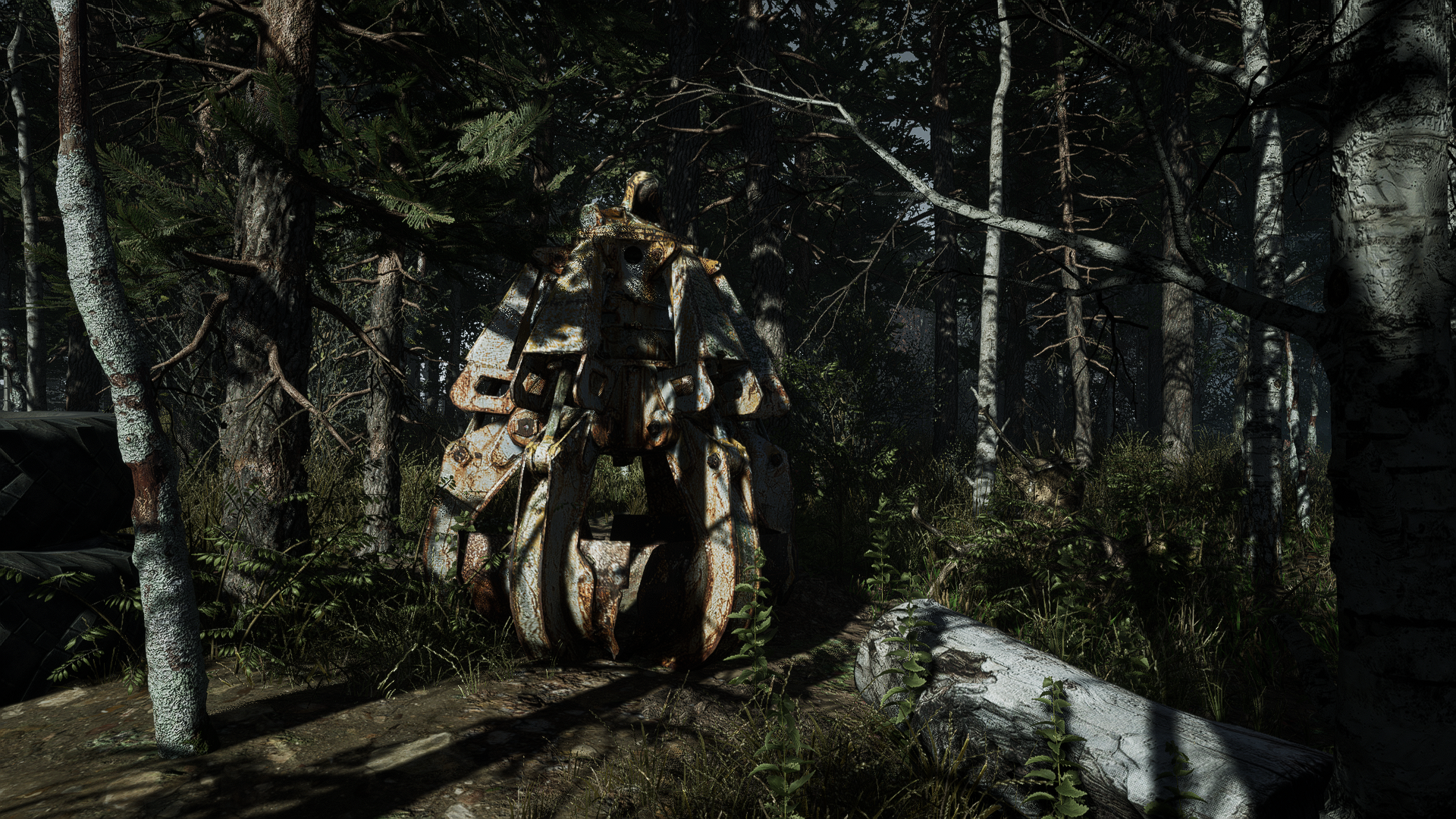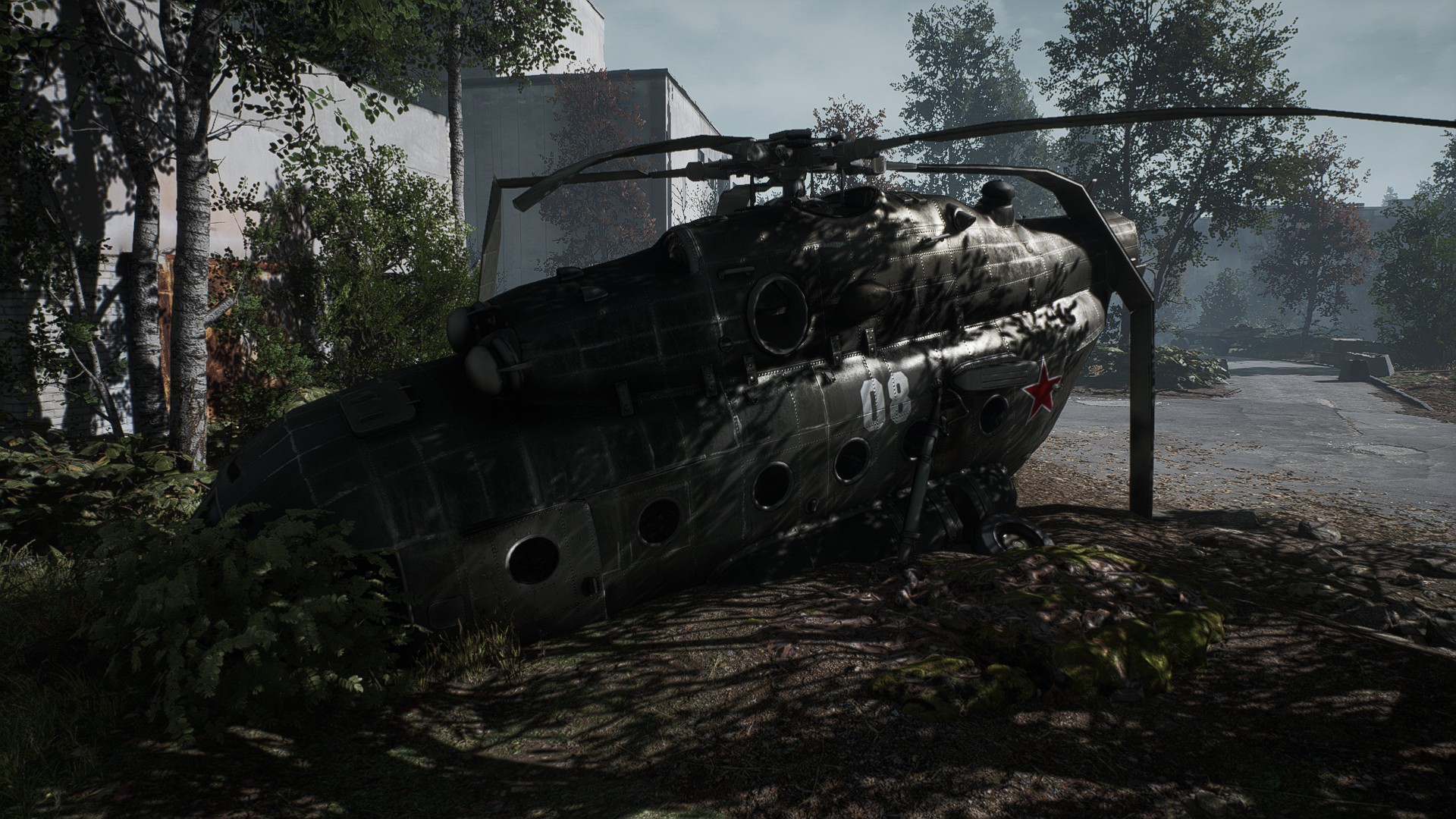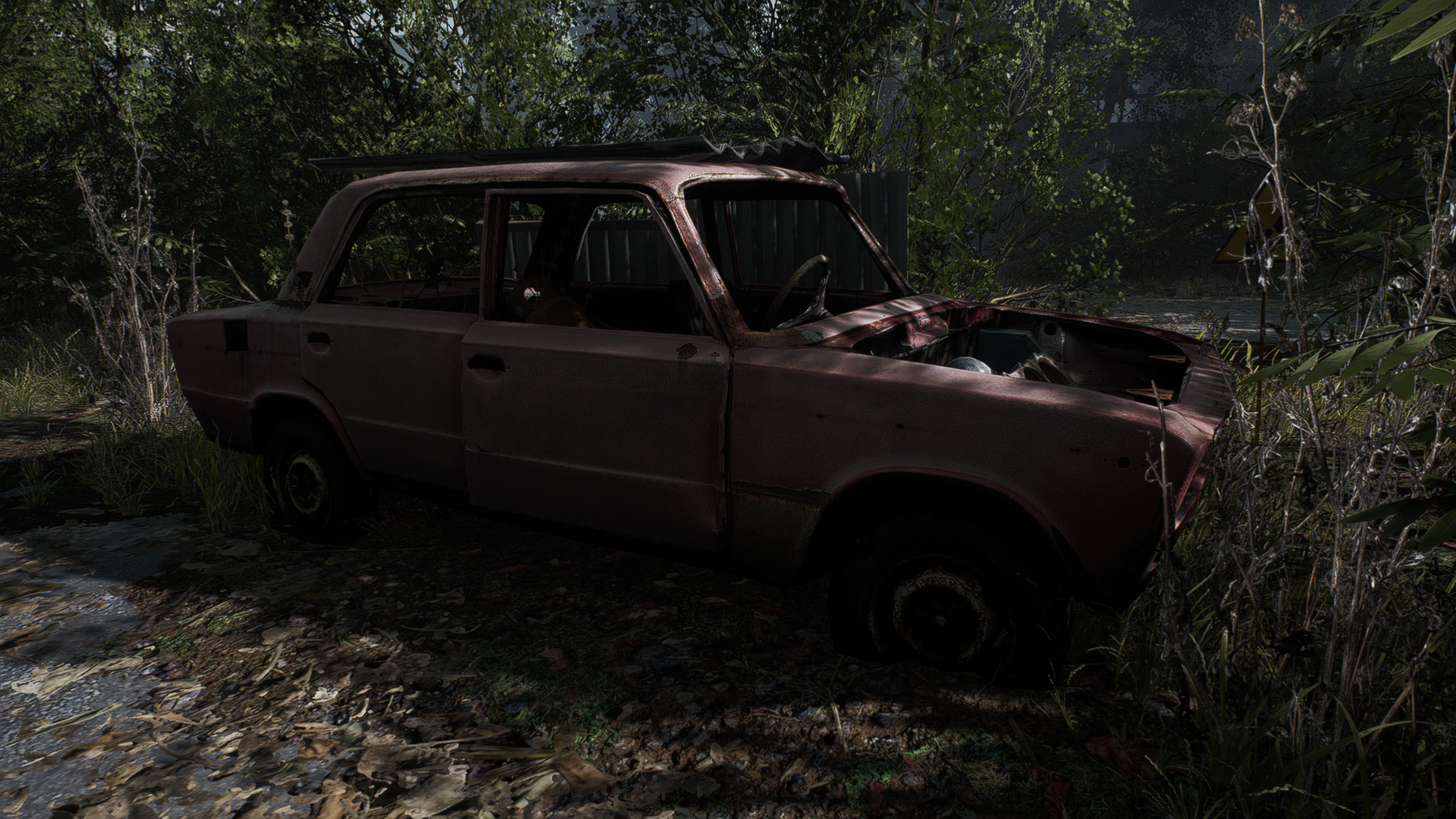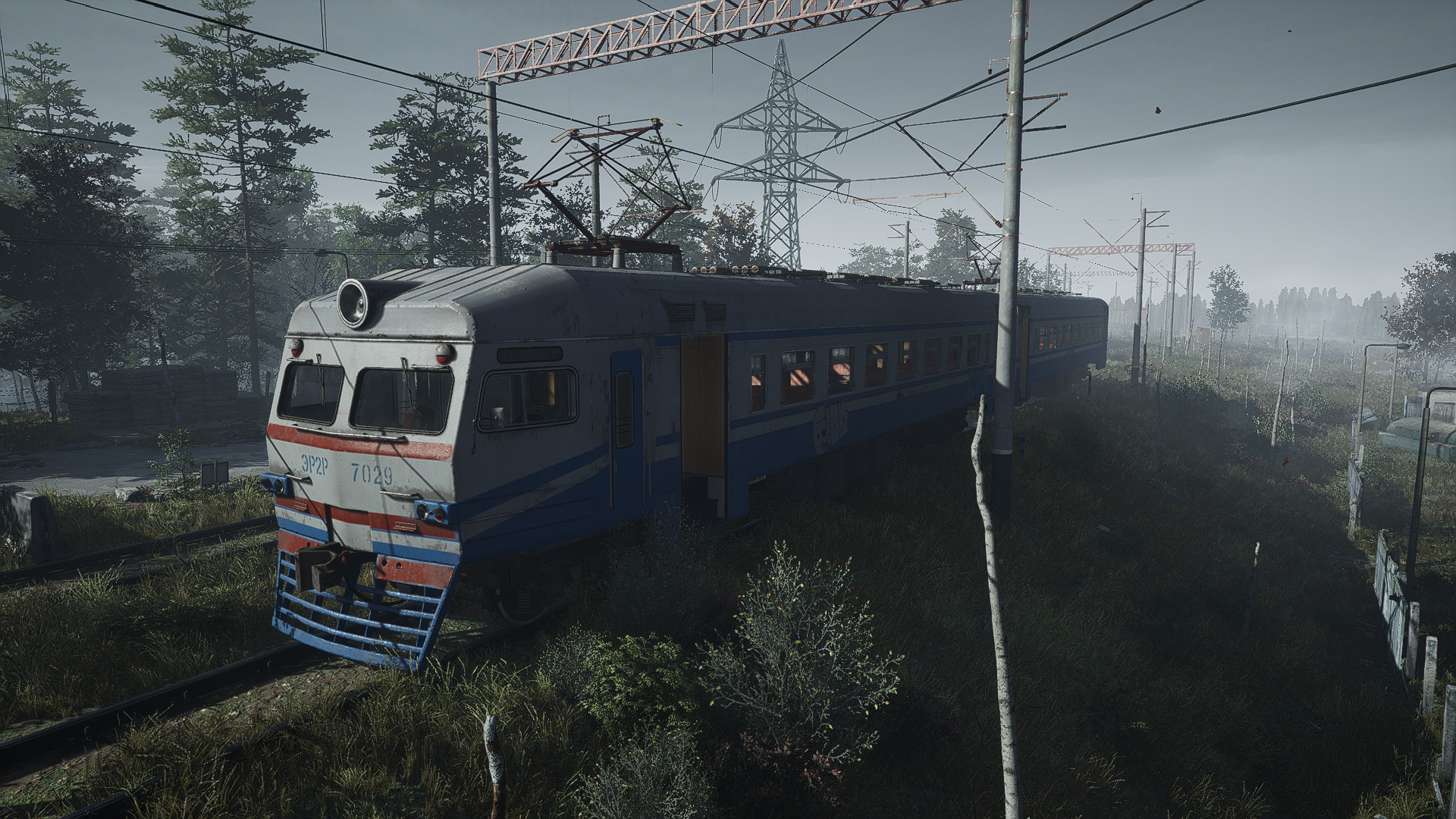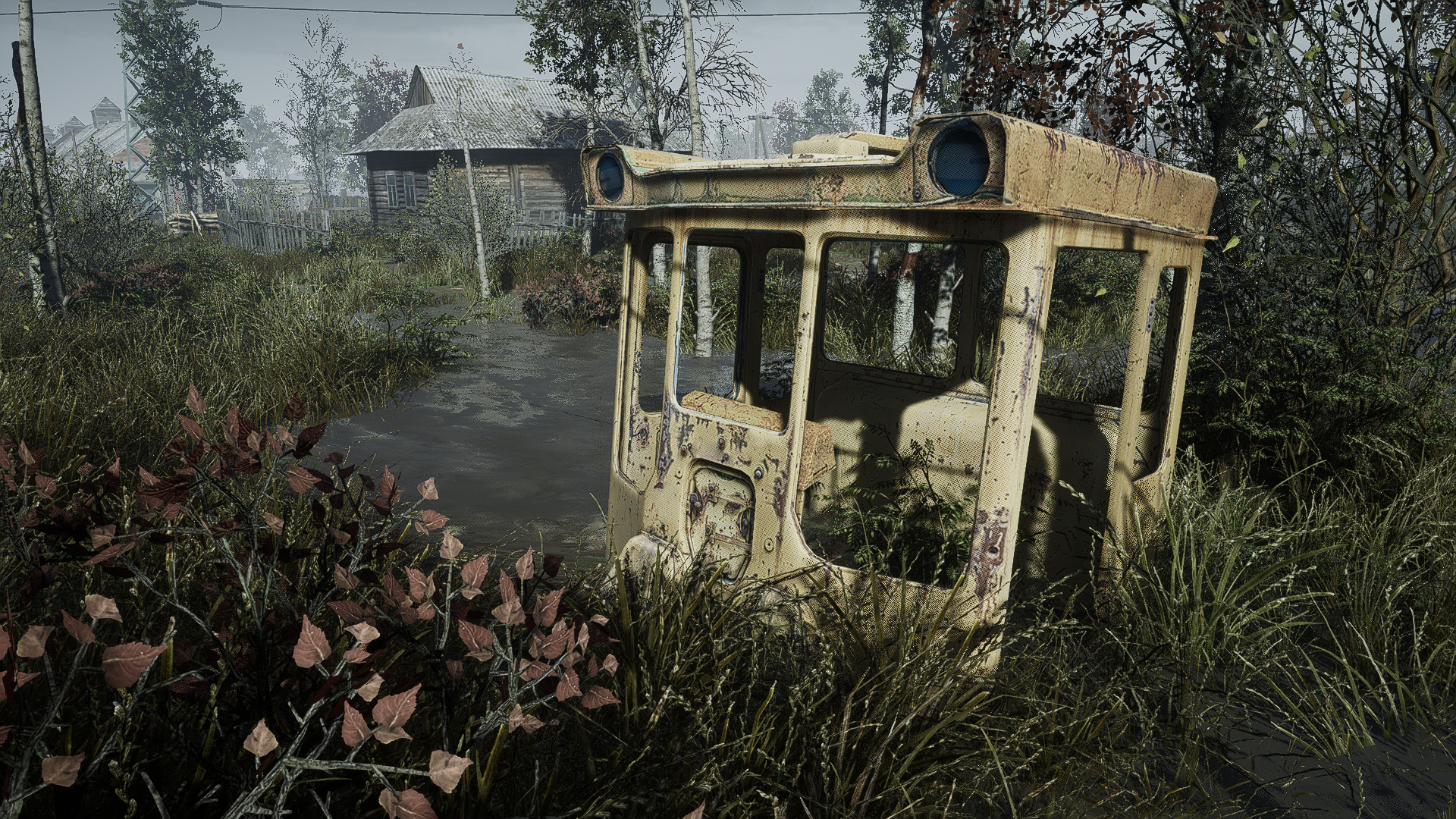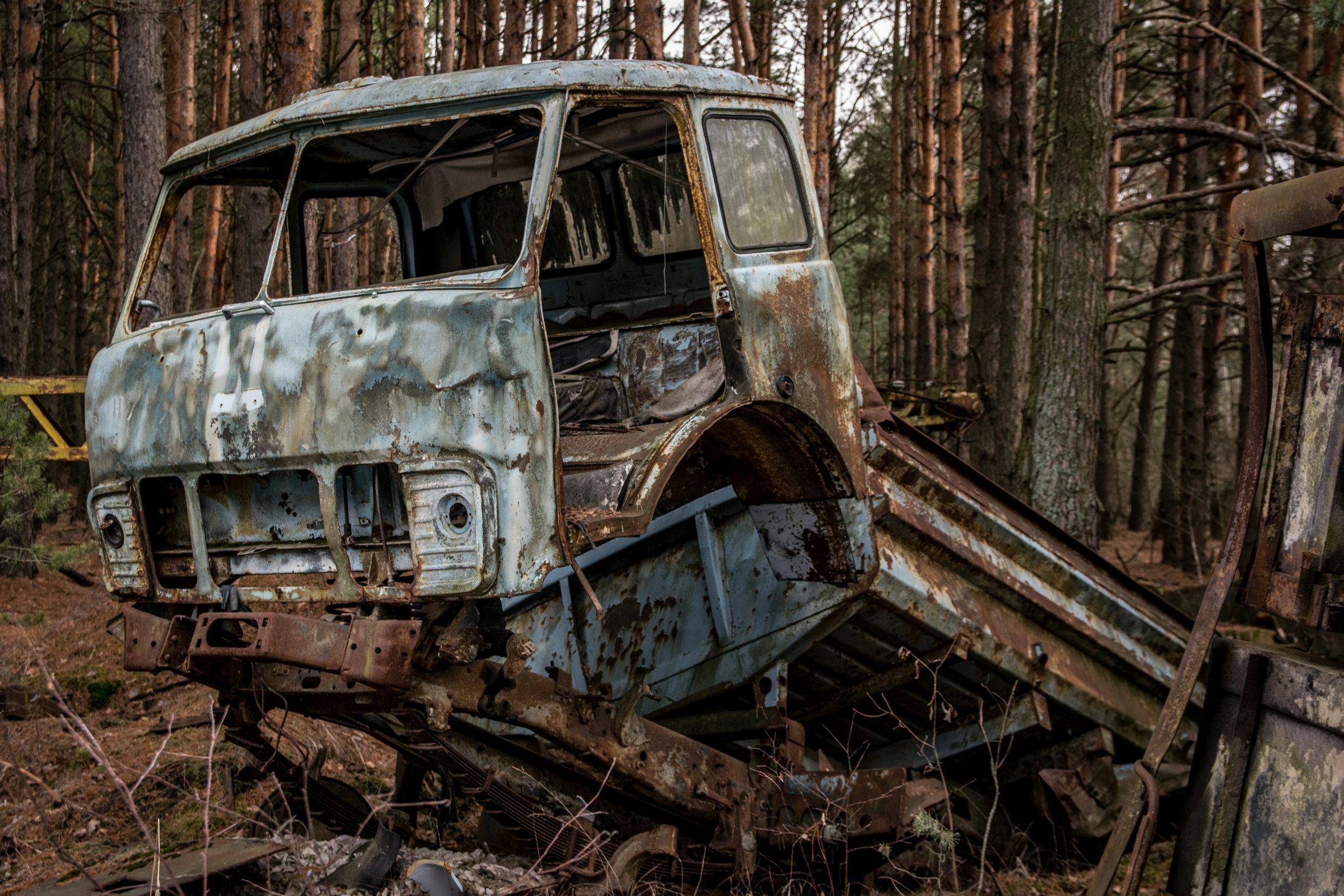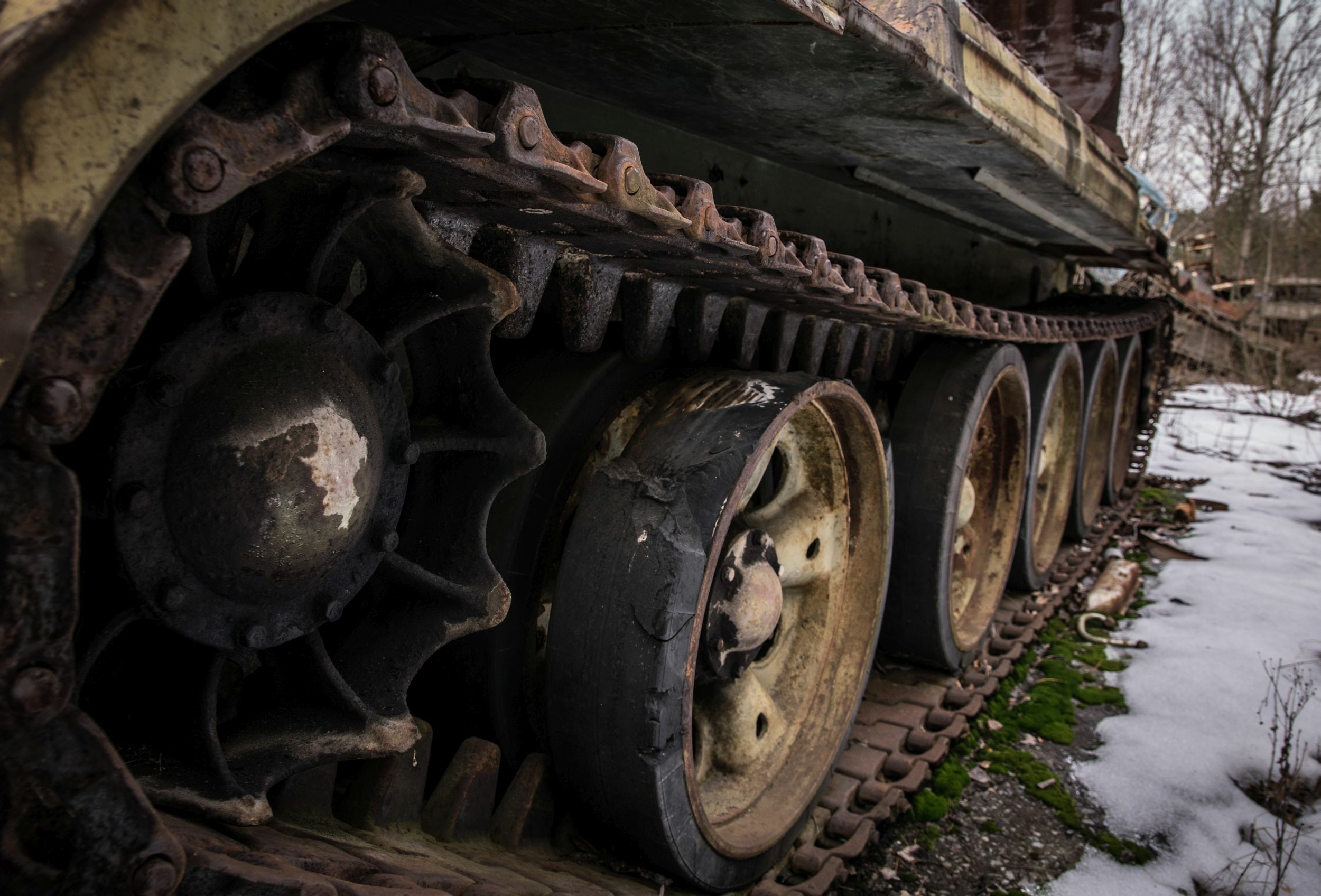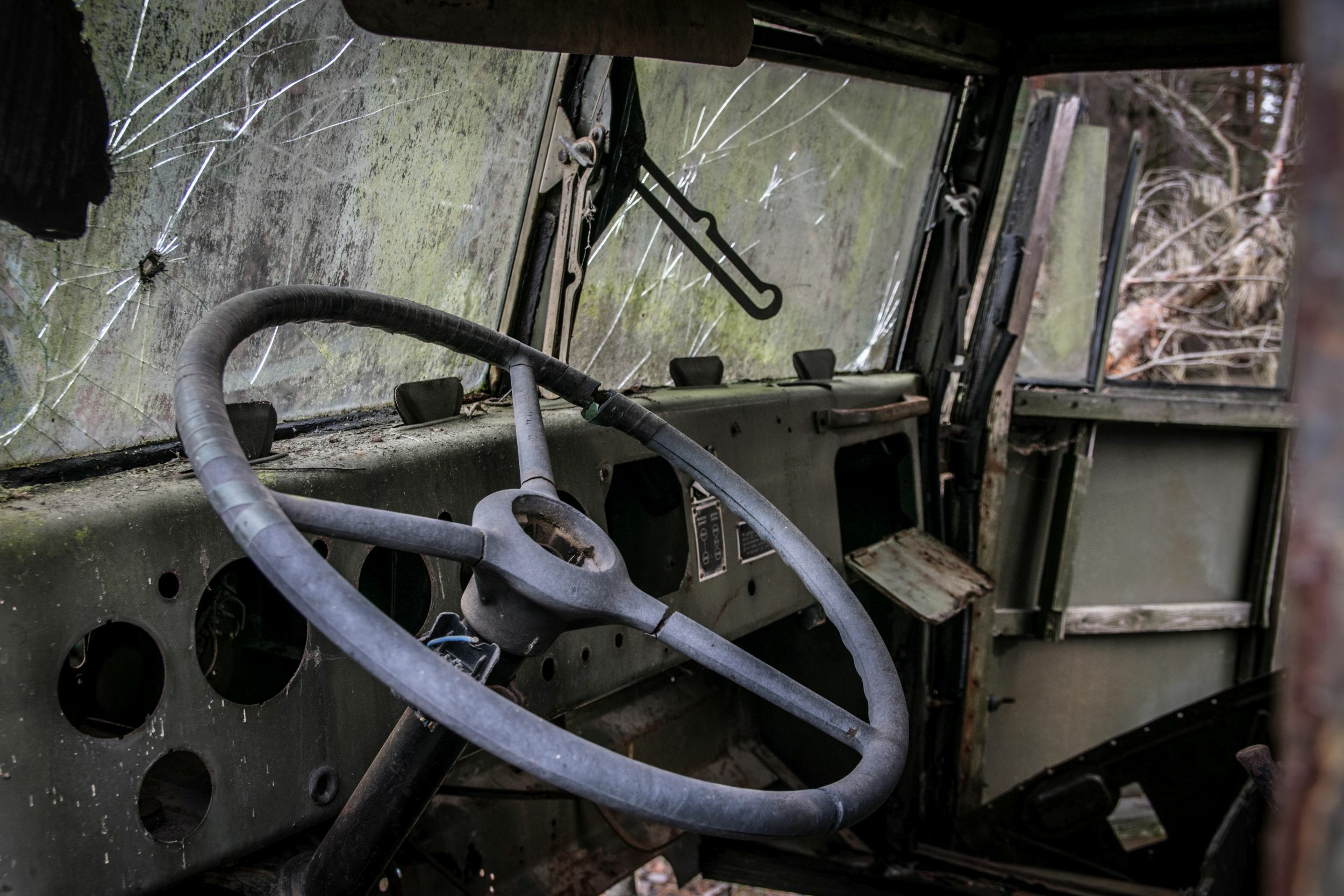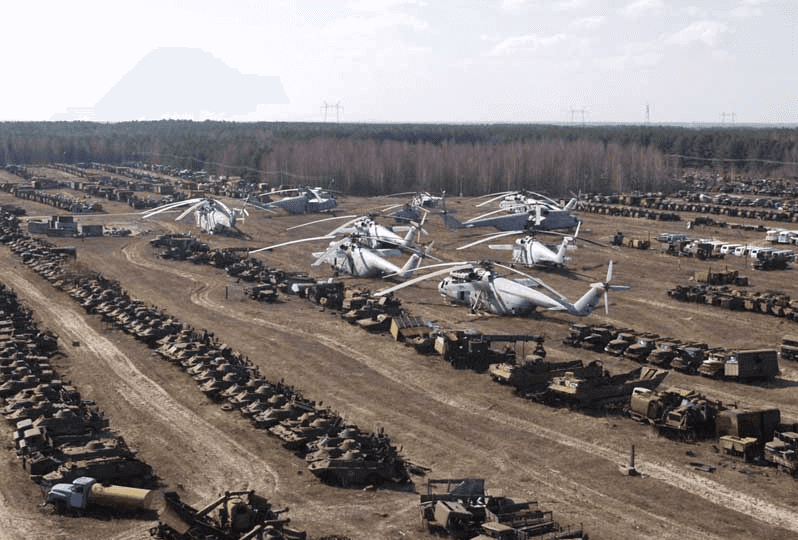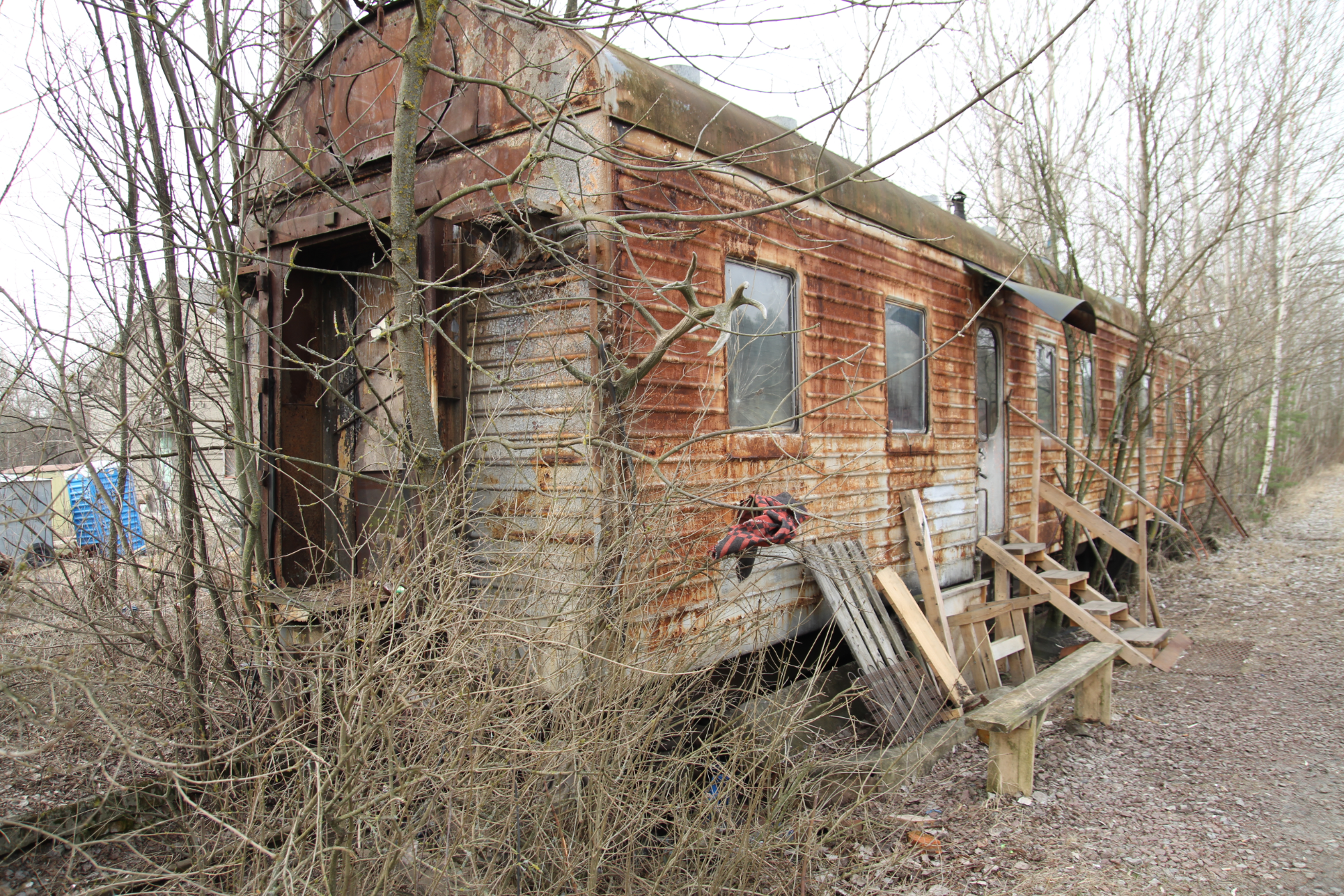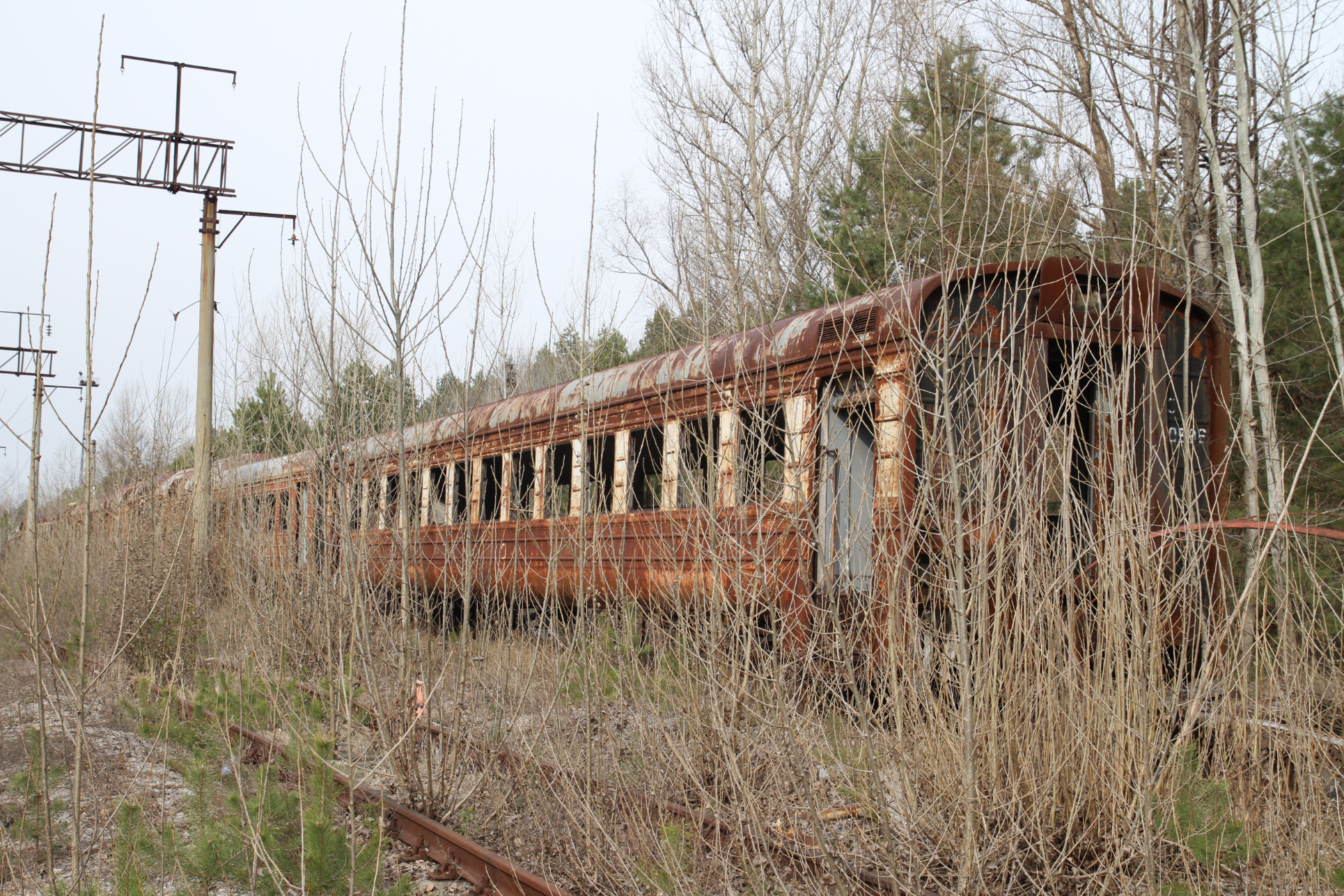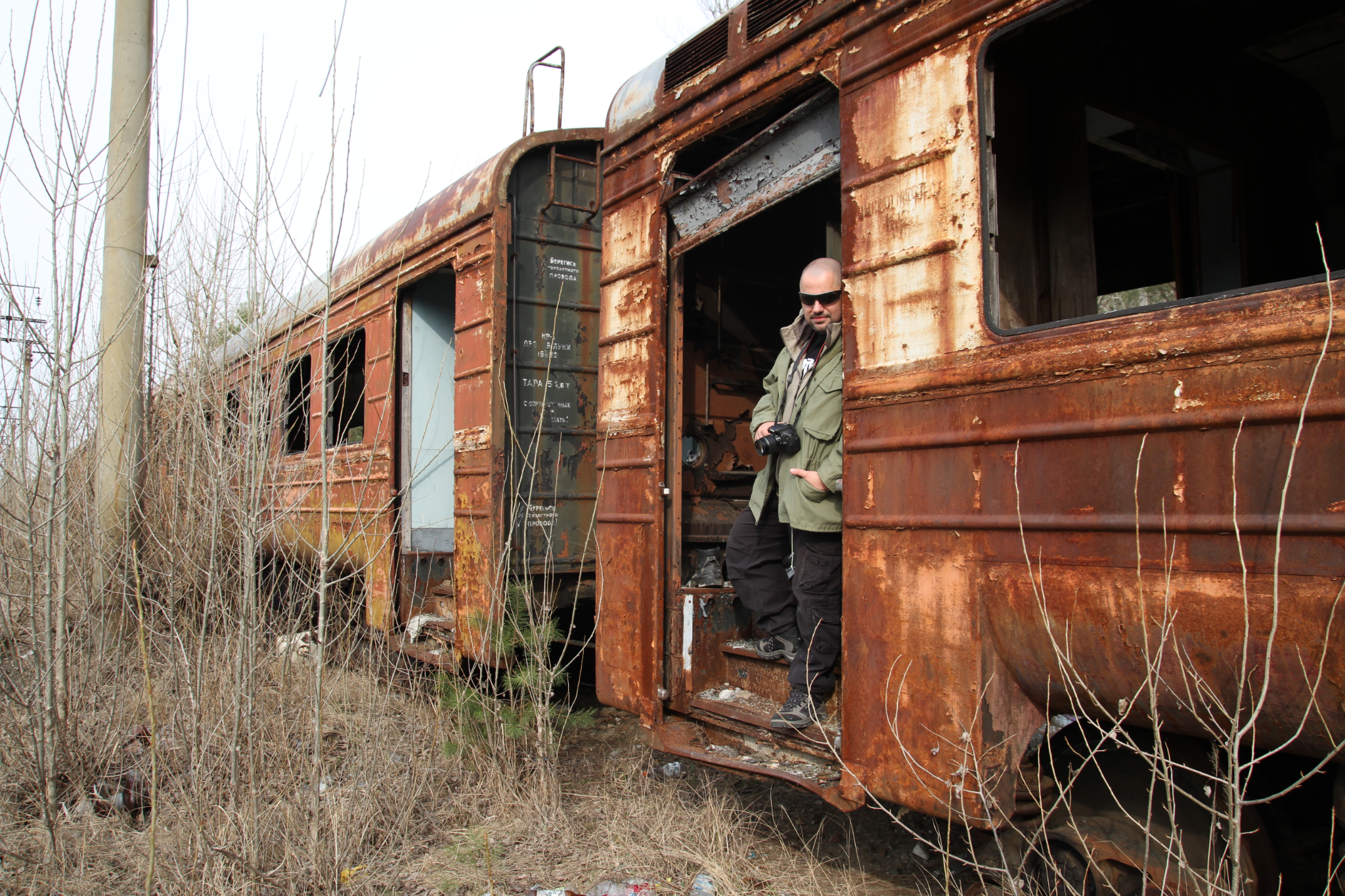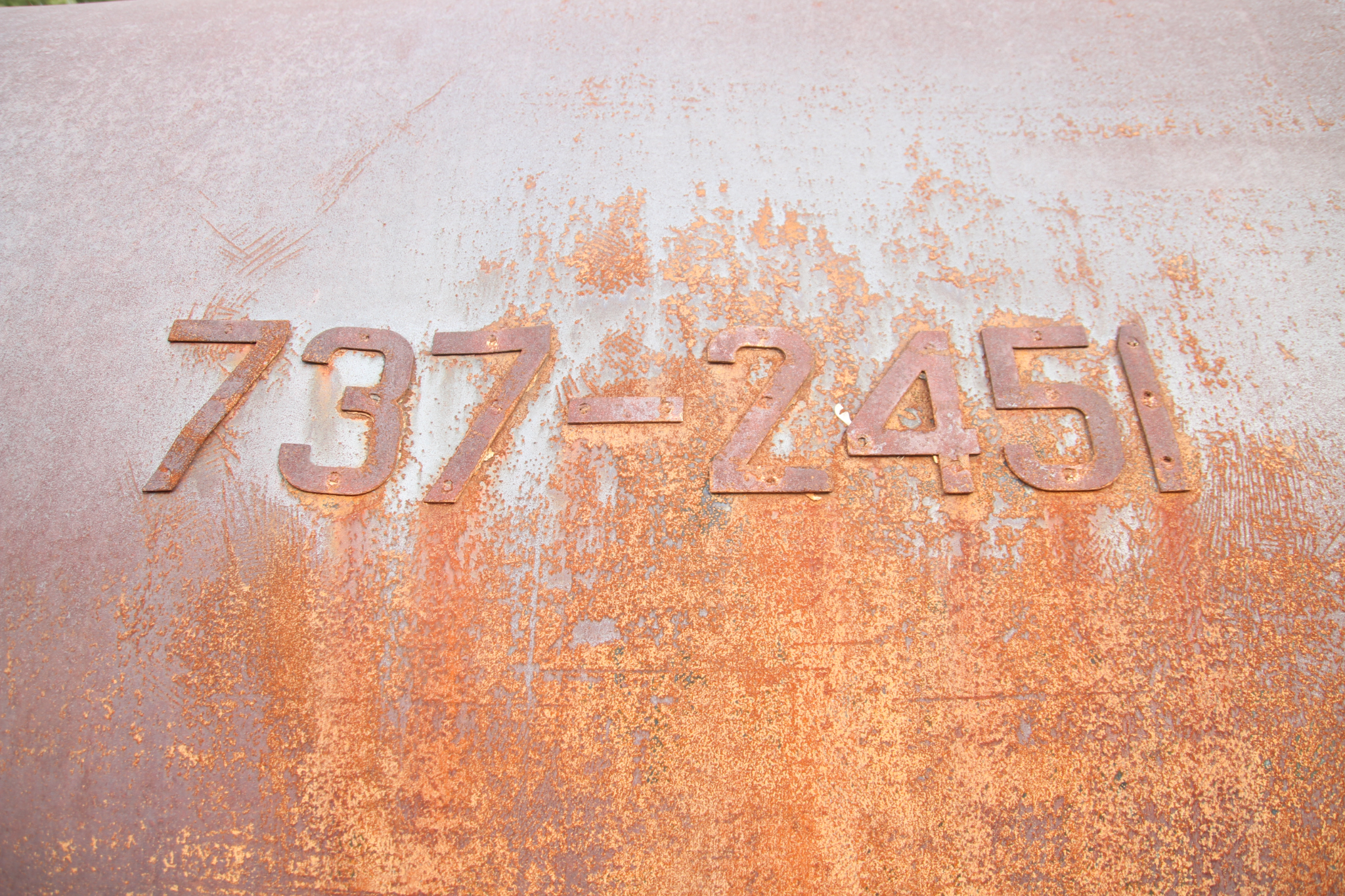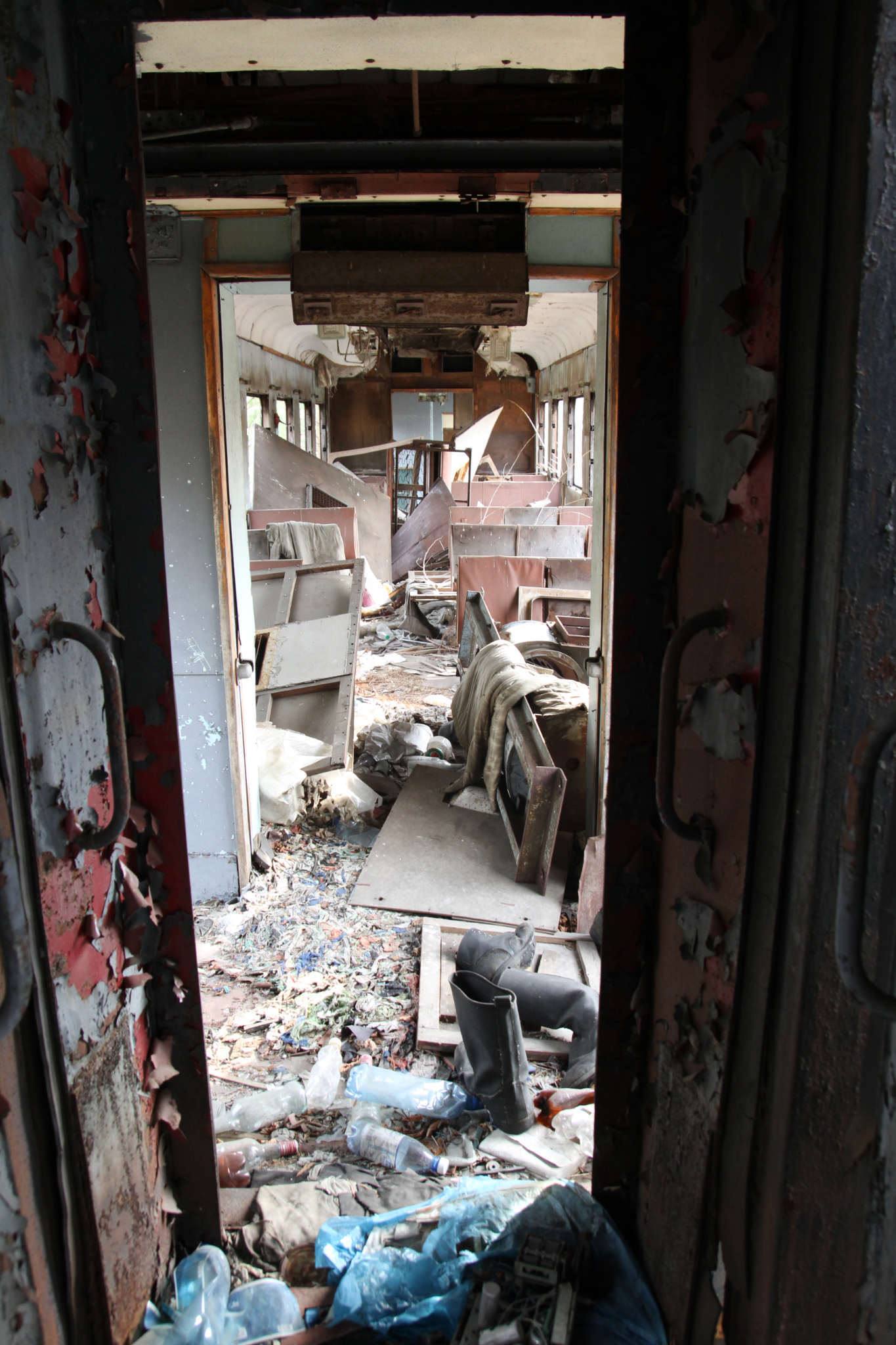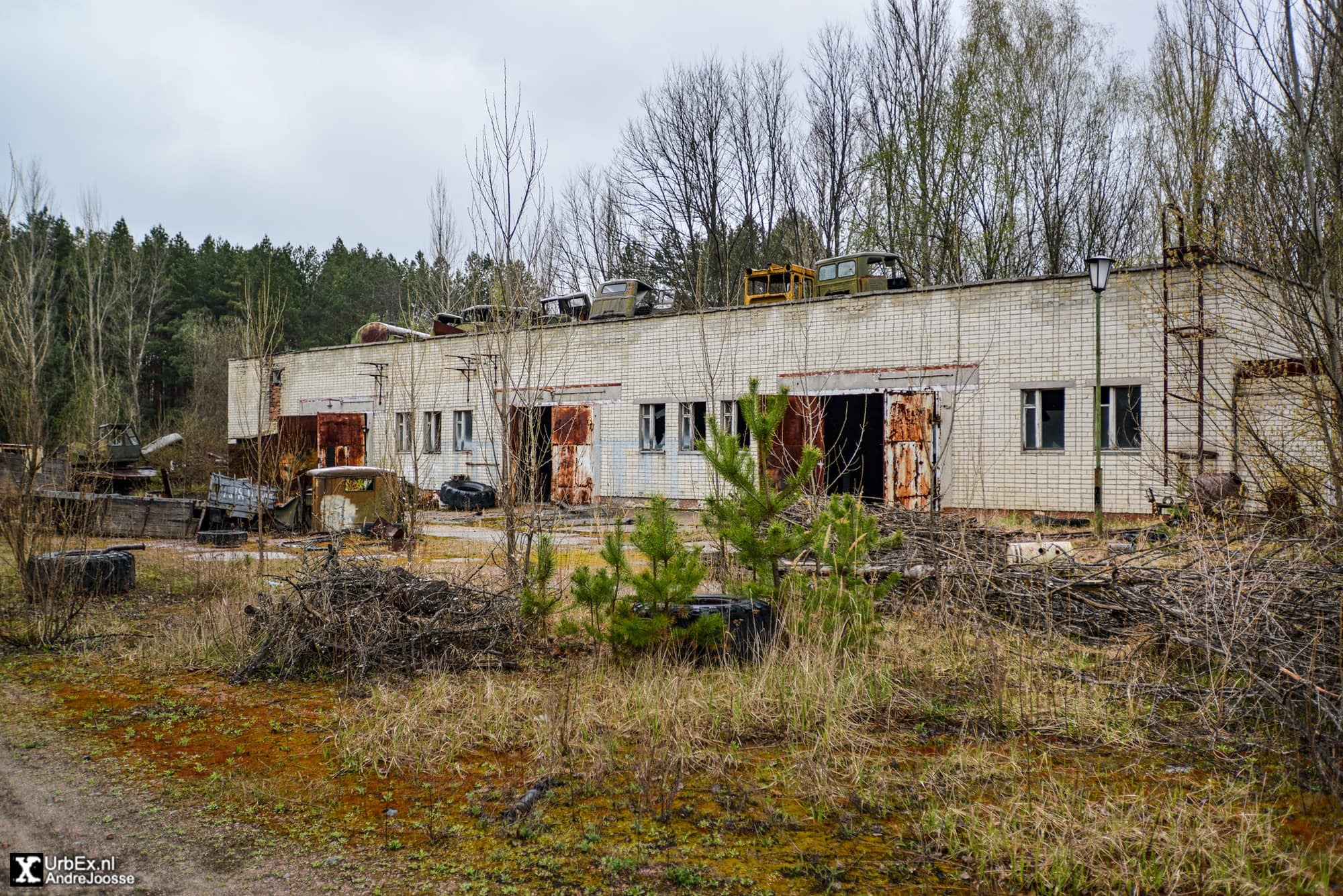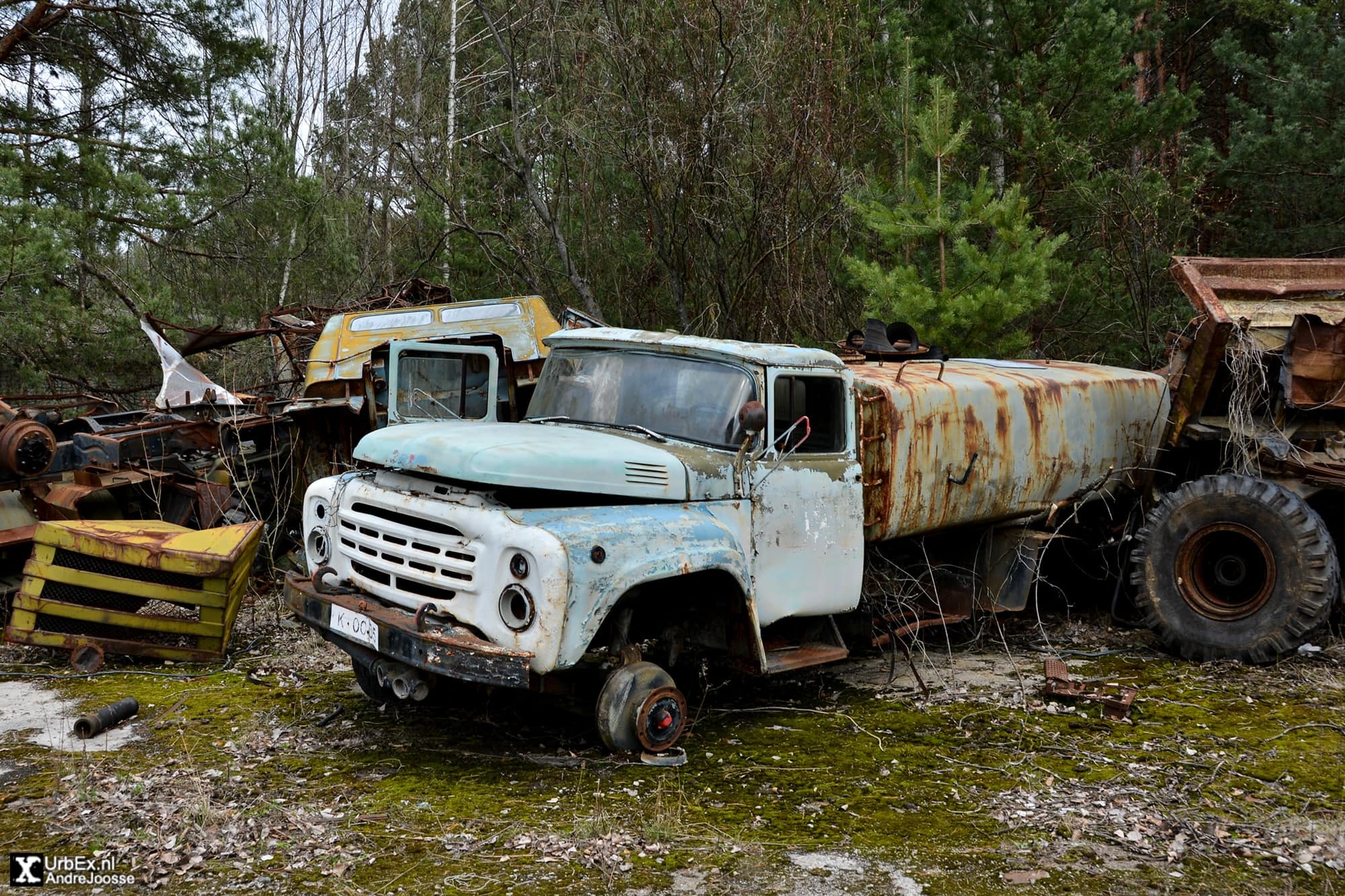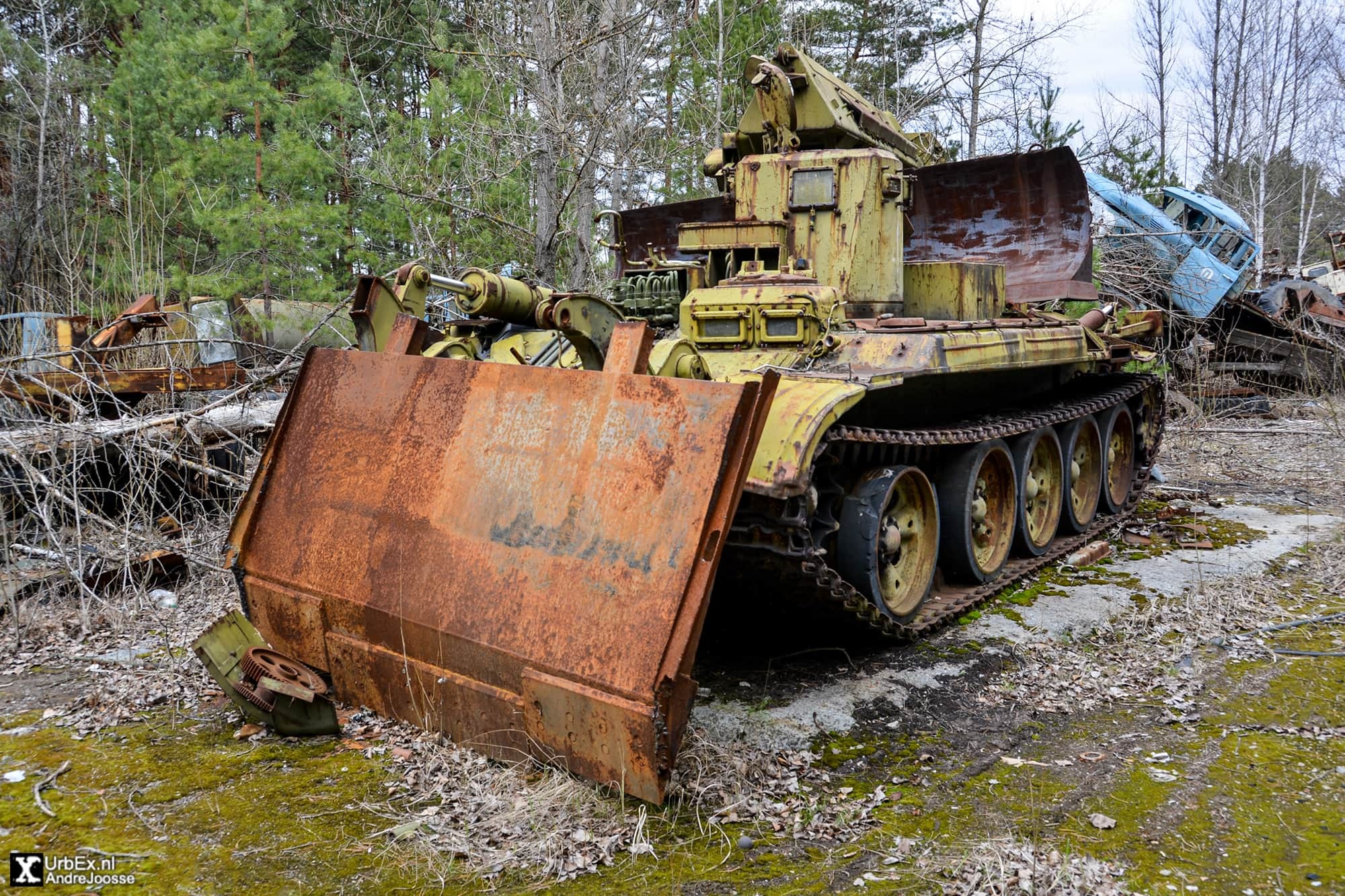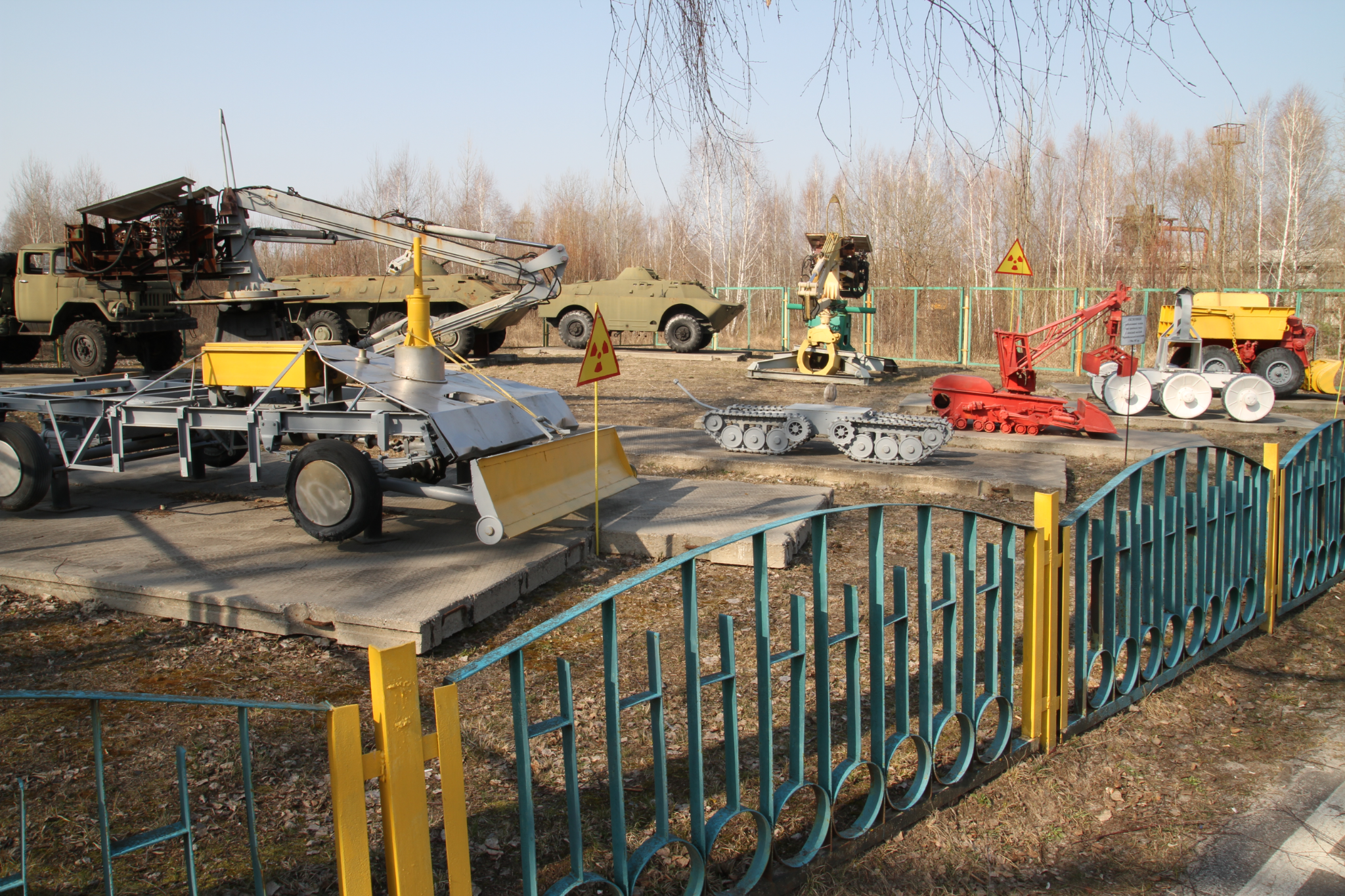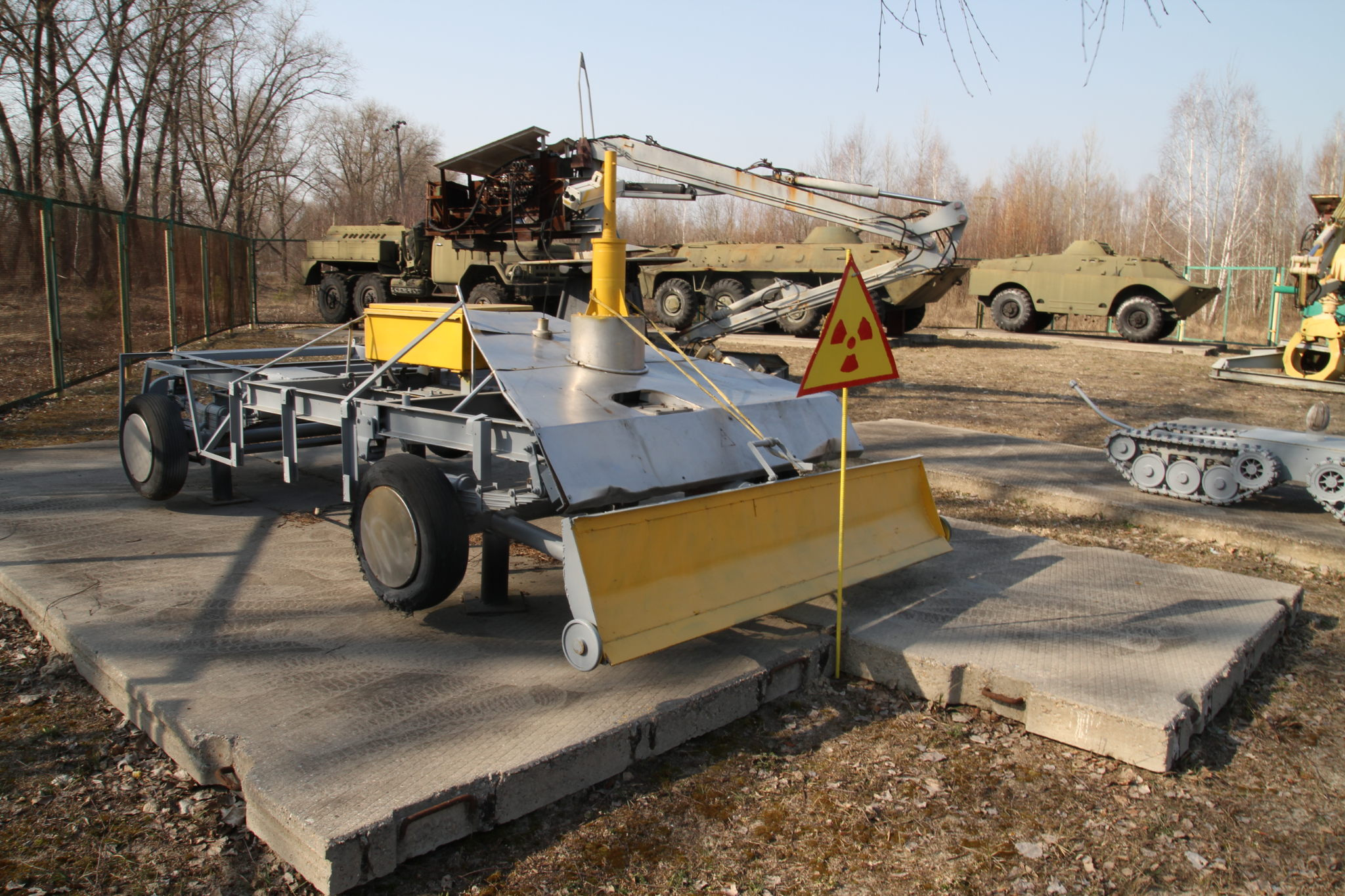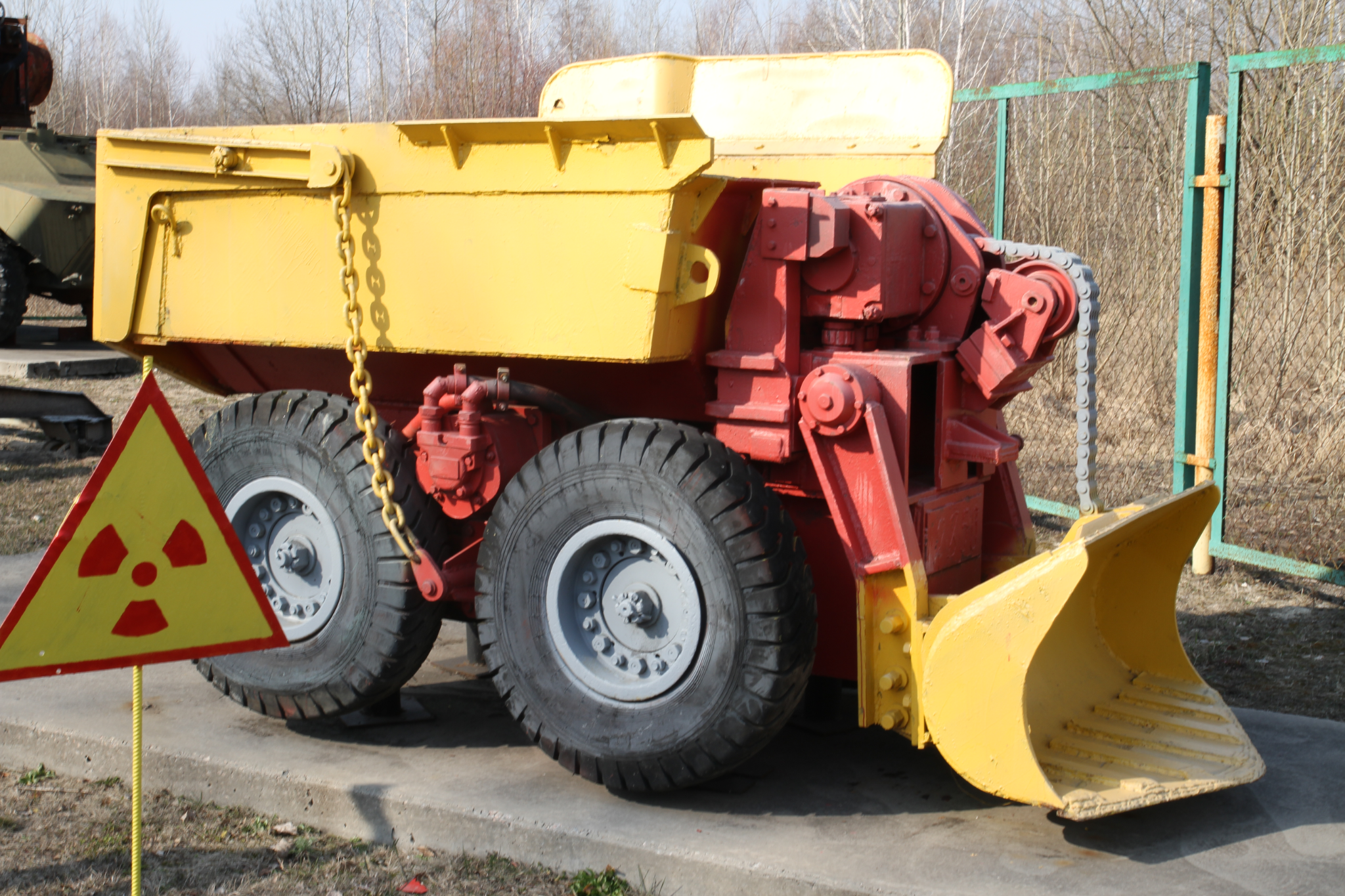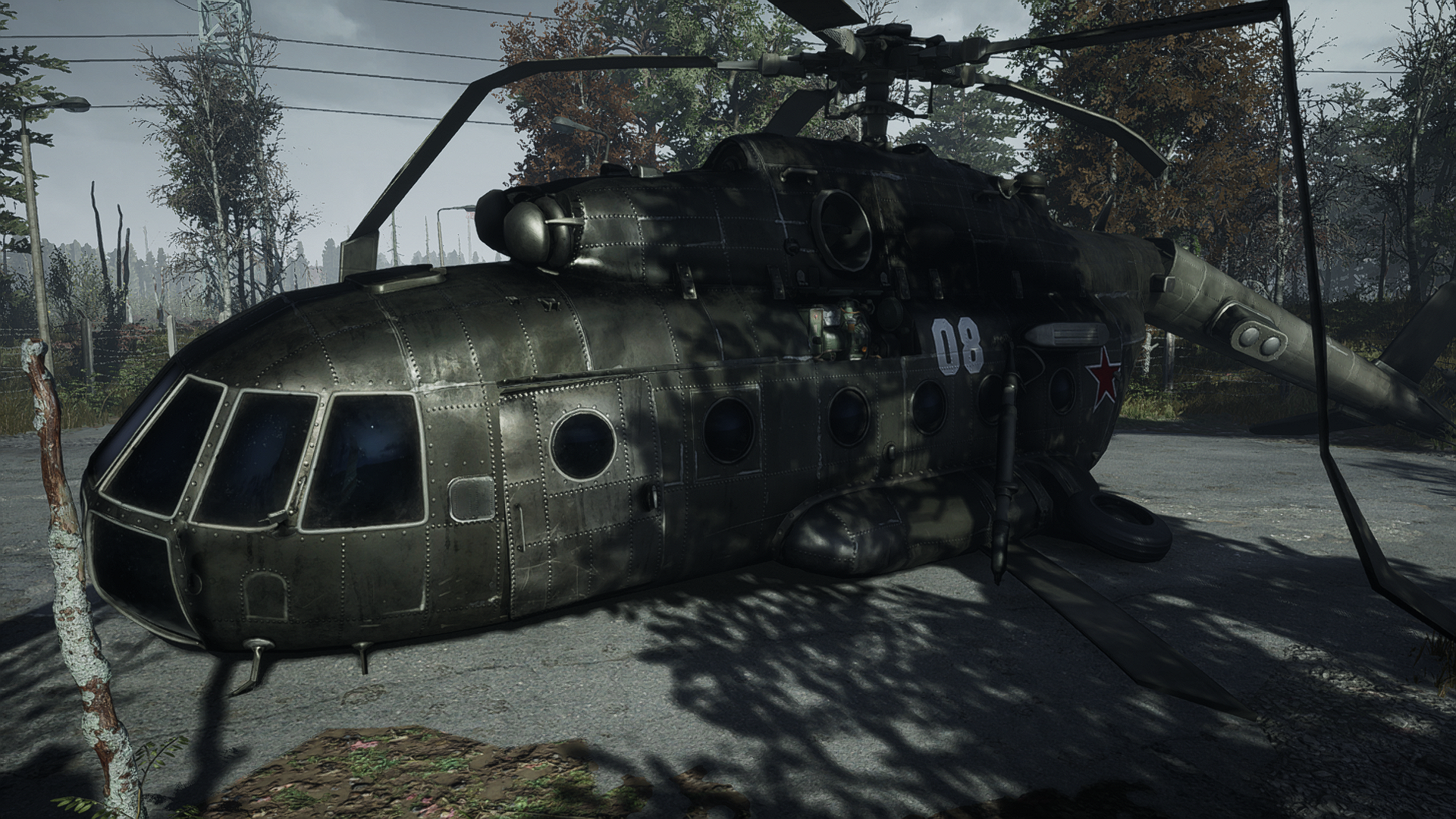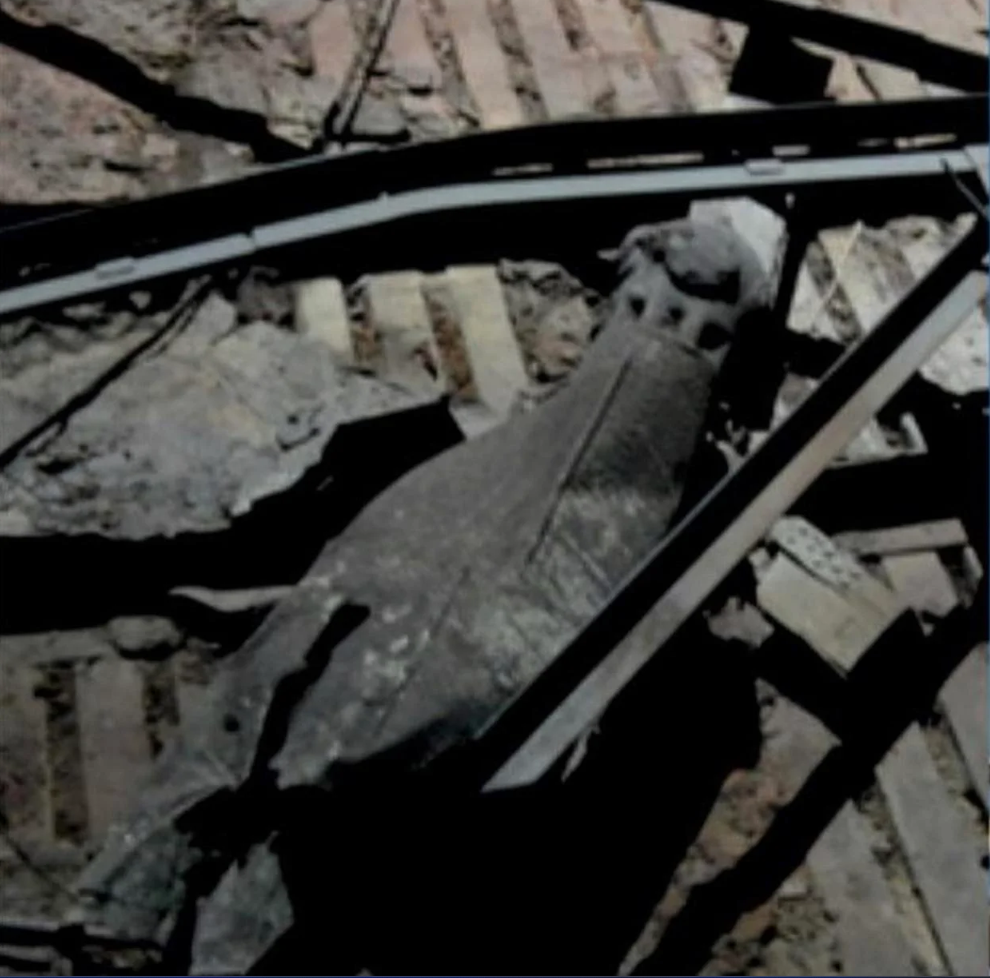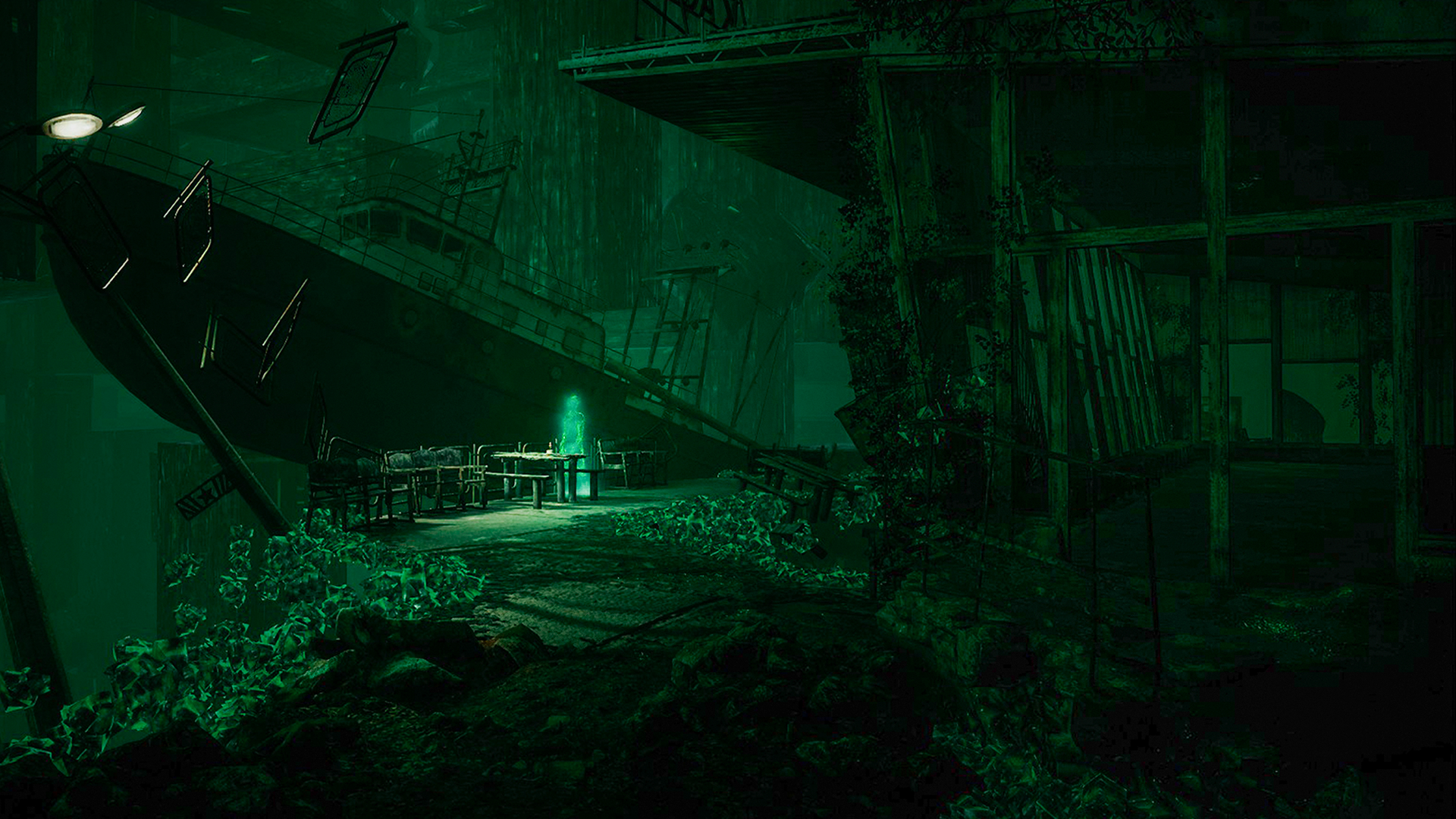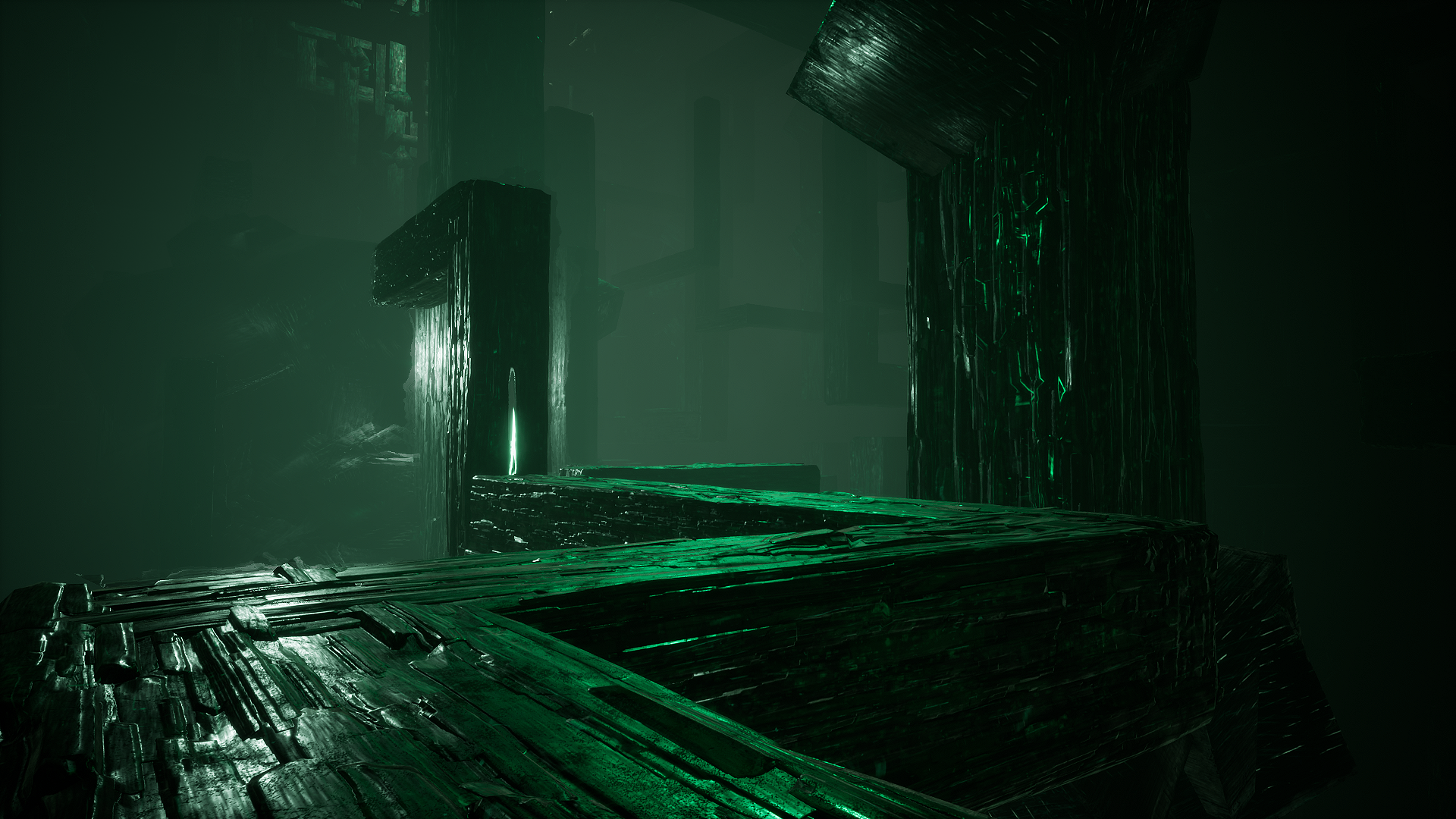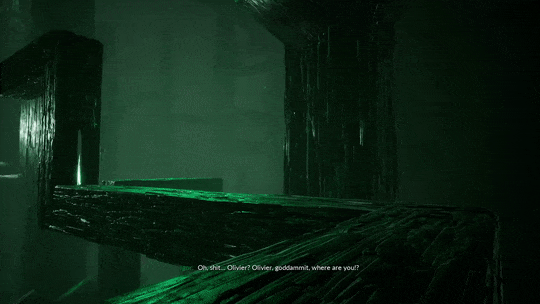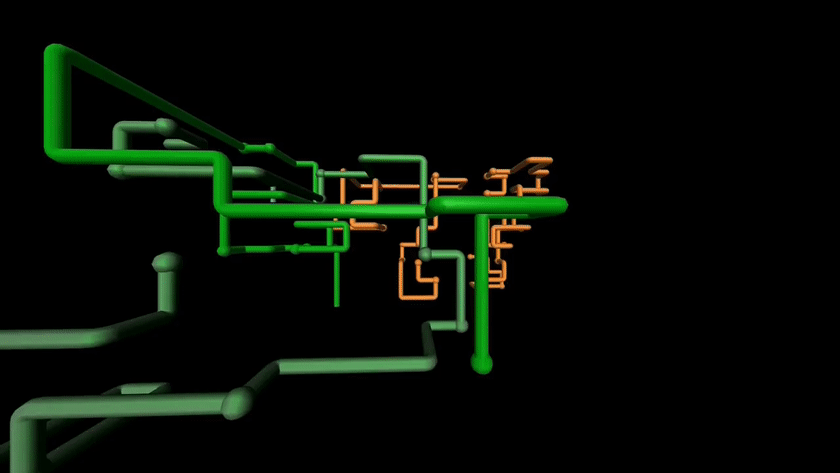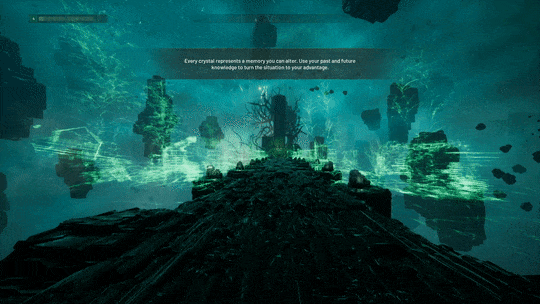
Jan 27, 2023
Chernobylite Complete Edition - Pablo
Hello Stalkers!
Before we begin, we have a small announcement for you. The Base Builder Fest has begun! If you haven't yet had a chance to play Chernobylite or any of the DLC we've released, now is the perfect time! The game and add-ons are available for 50% off!
You can find more details in the post below:
https://store.steampowered.com/news/app/1016800/view/3673282587167465603?l=polish
And while we're on the subject of building bases, we have to admit something. When we were getting ready to announce another discount, we did a little research. We wanted to see how you guys decorate your bases and include the best of them in the announcement above. However, looking through your screenshots, we came to the conclusion that they are too good to include in any ad. Therefore, we will promote them in our report instead :D
We will start very modestly, just like Cuddletauren. There may not be a lot of ornaments and objects, but the most important things - a turntable and a small TV - are in place as much as possible.
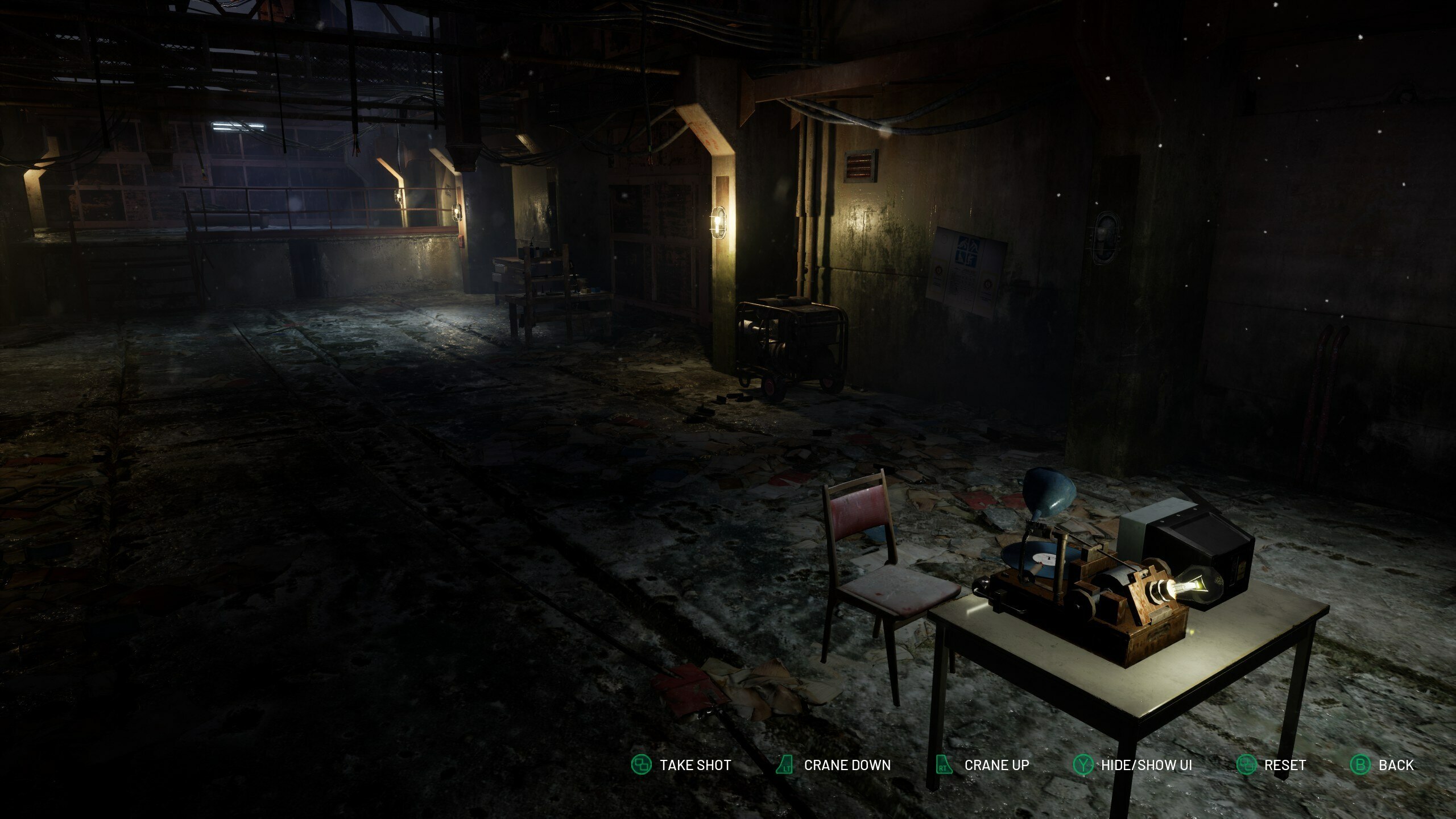
And on the other side is Epsilon and his fully furnished apartment. And yes, we're not afraid to say "apartment," because this frame looks like it was pulled alive from some home decor catalog.
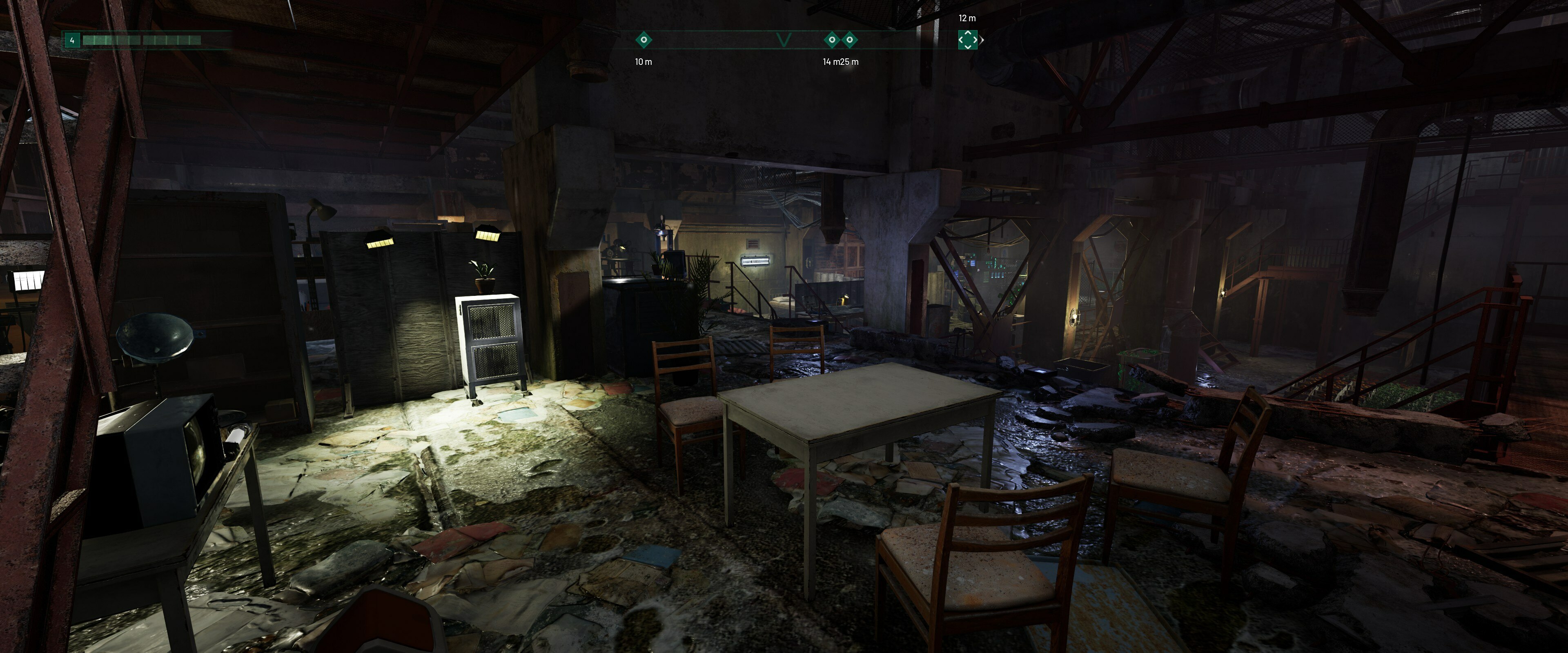
marc_ea firmly and resolutely separates the work in the workshop....
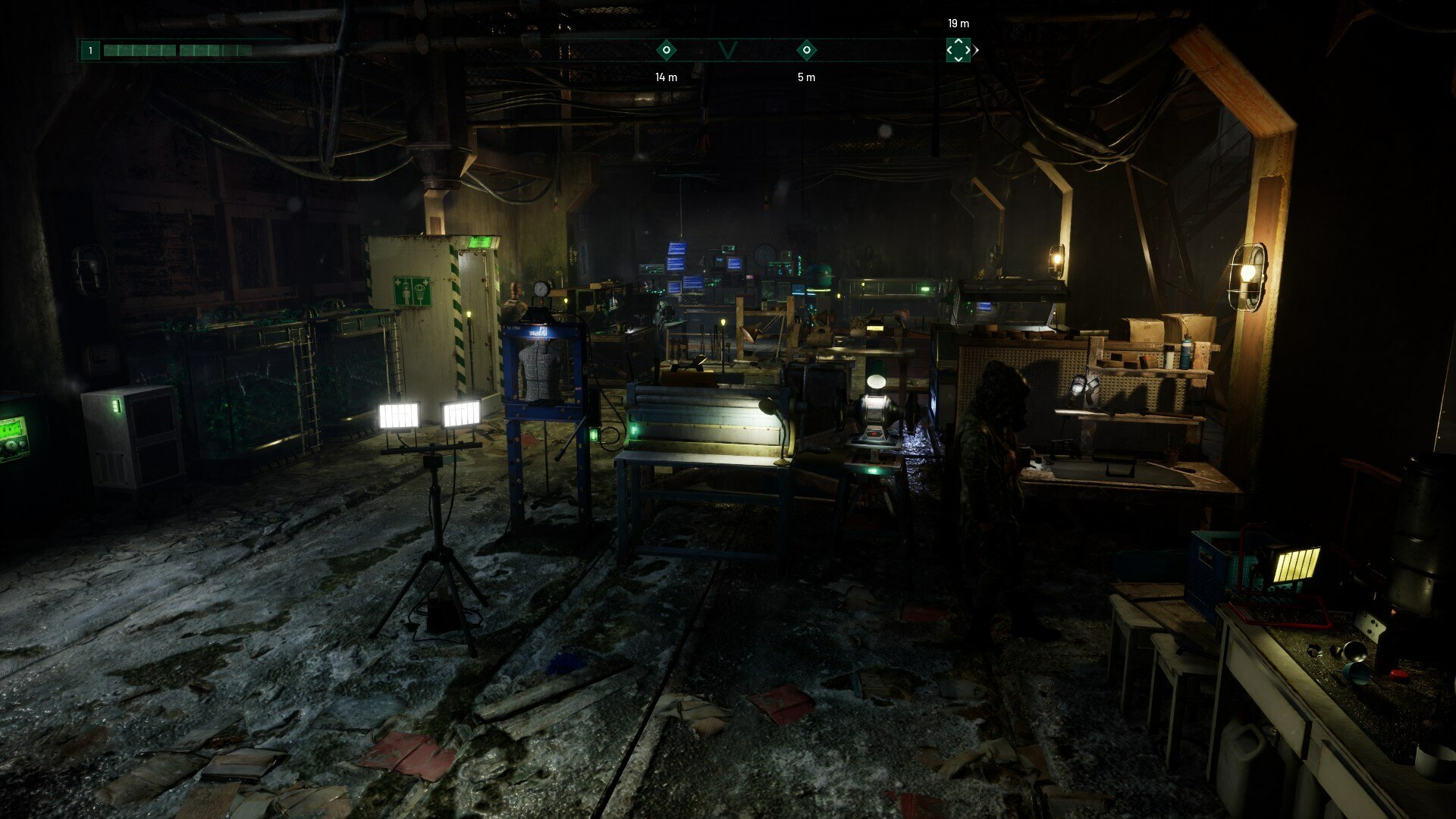
...from the duty of tending his garden.
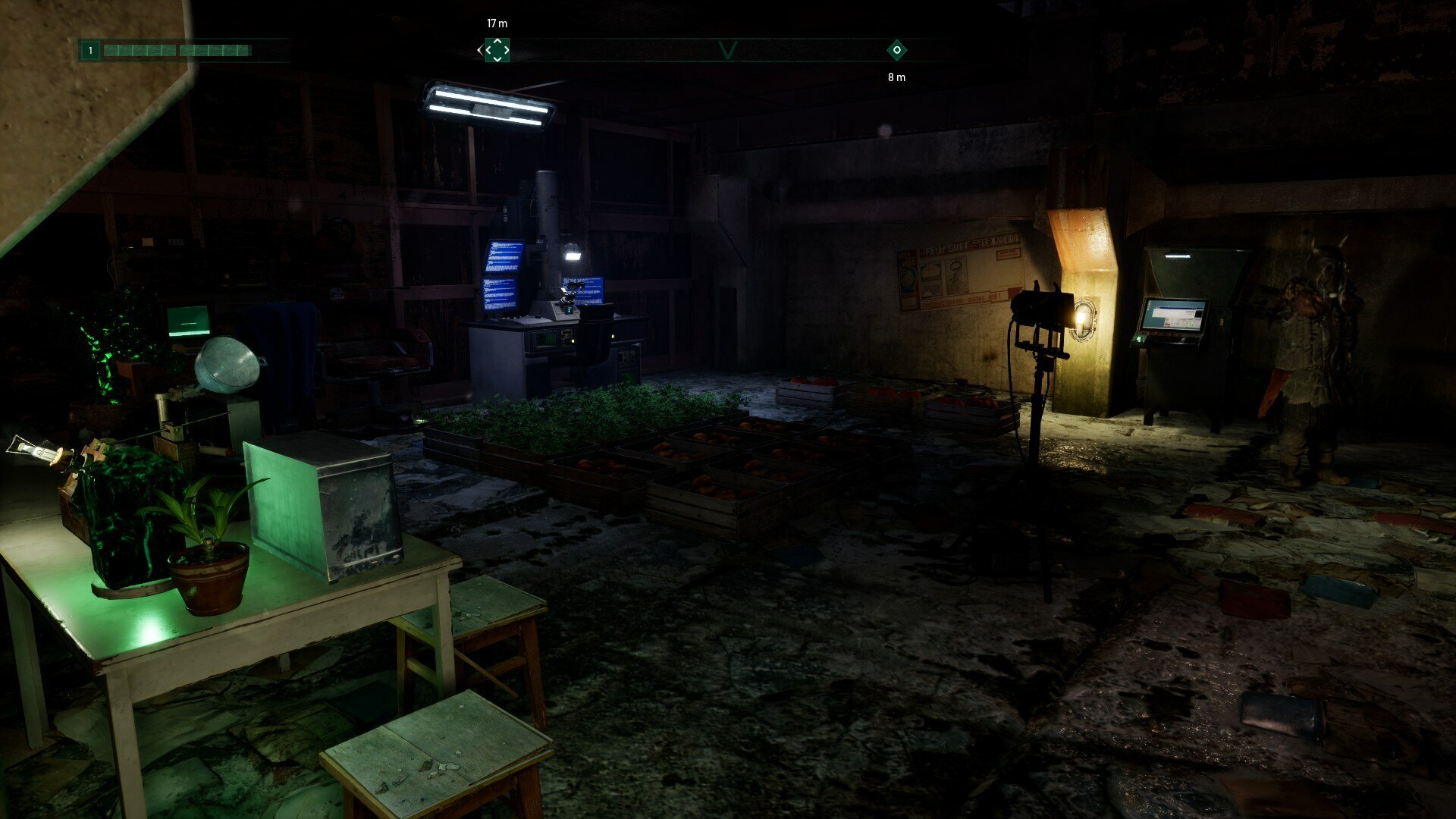
YURIKAGO, on the other hand, acted differently: he fenced off his workstation and the place for plants with a net. Maybe there is less space because of this, but it is also more cozy. And also you can break away from the computer for a while to look after the plants.

And to top it all off, REAPER and its RGB climate base!
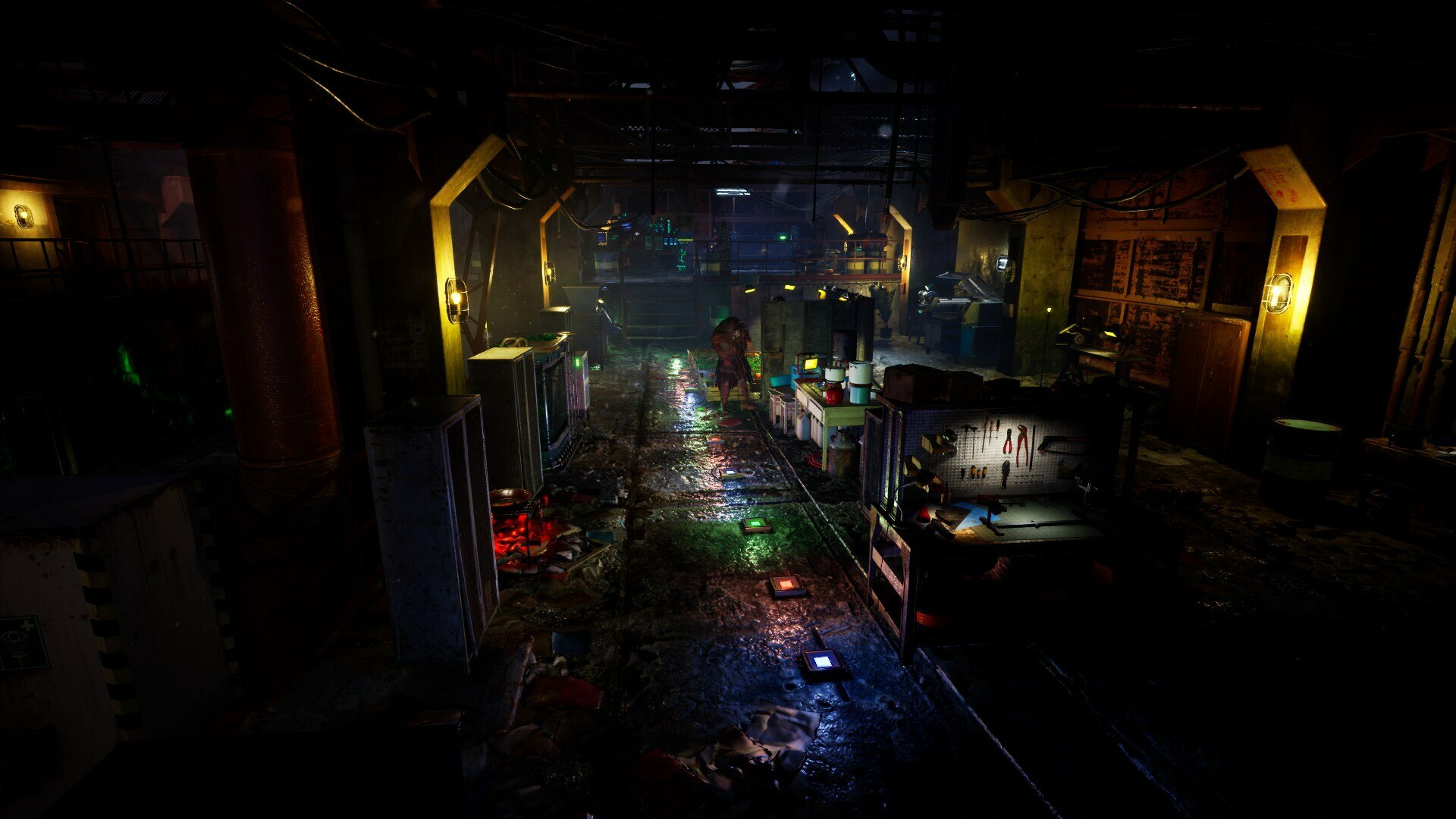
And that's all! If you want to learn more about the history of the Chernobylite base, we encourage you to read the following report :)
https://store.steampowered.com/news/app/1016800/view/3501014738141094819?l=polish
That's it for today!
Take care, Stalkers!Do you like Chernobylite? Give us a review.

Follow our official channels to stay up to date:
 Like us on Facebook
Like us on Facebook Follow us on Twitter
Follow us on Twitterhttps://store.steampowered.com/app/1016800/Chernobylite/









